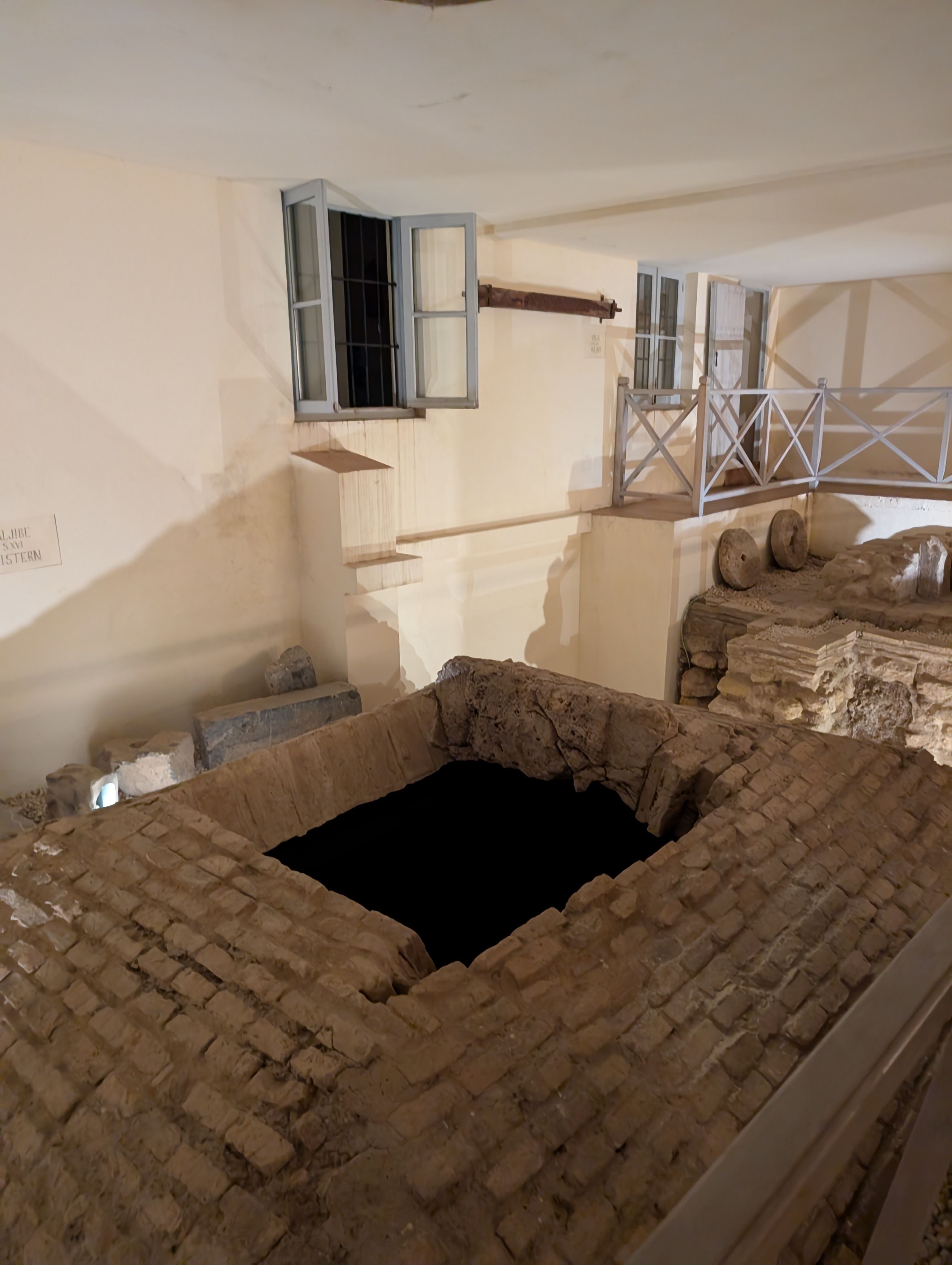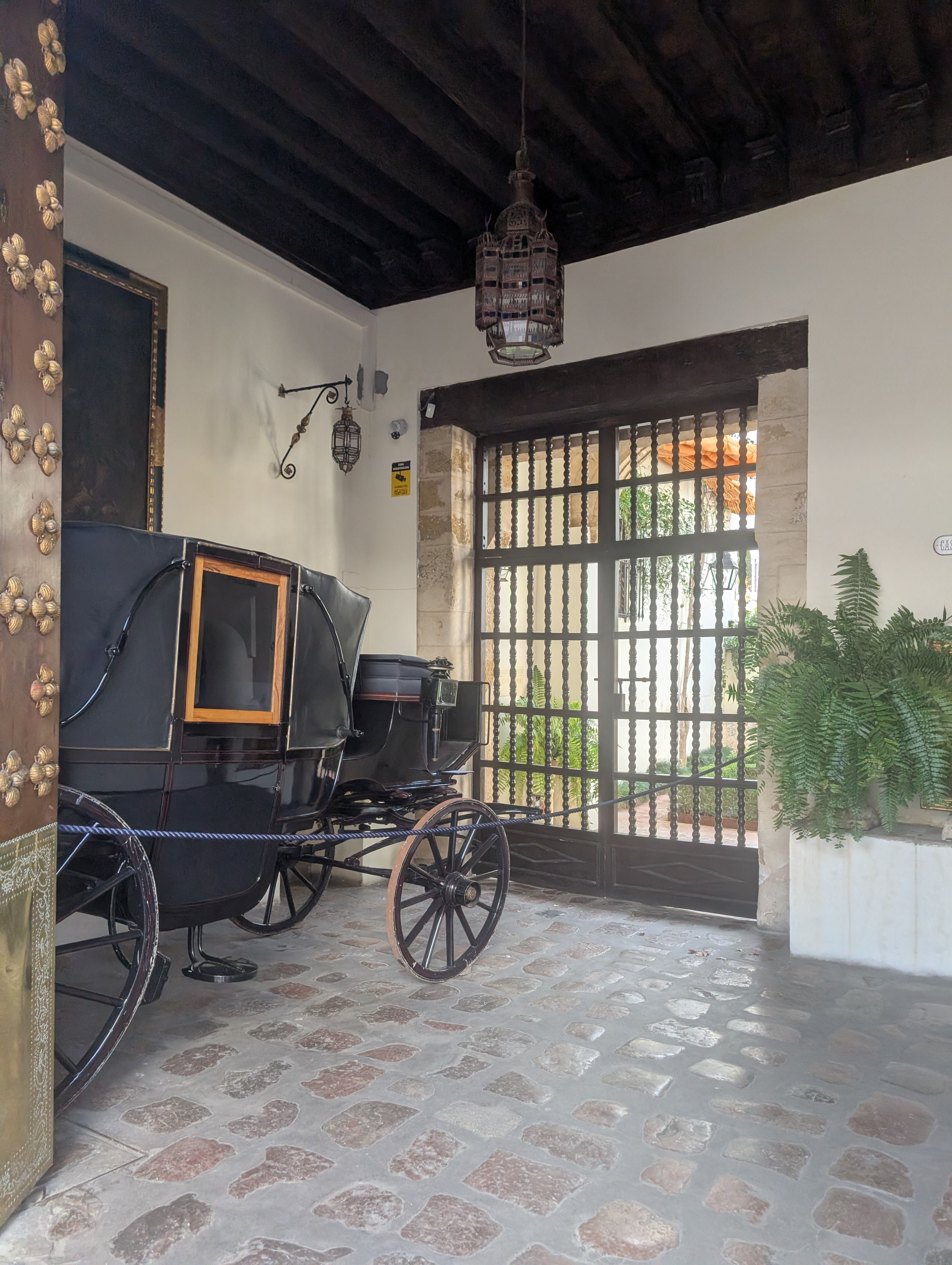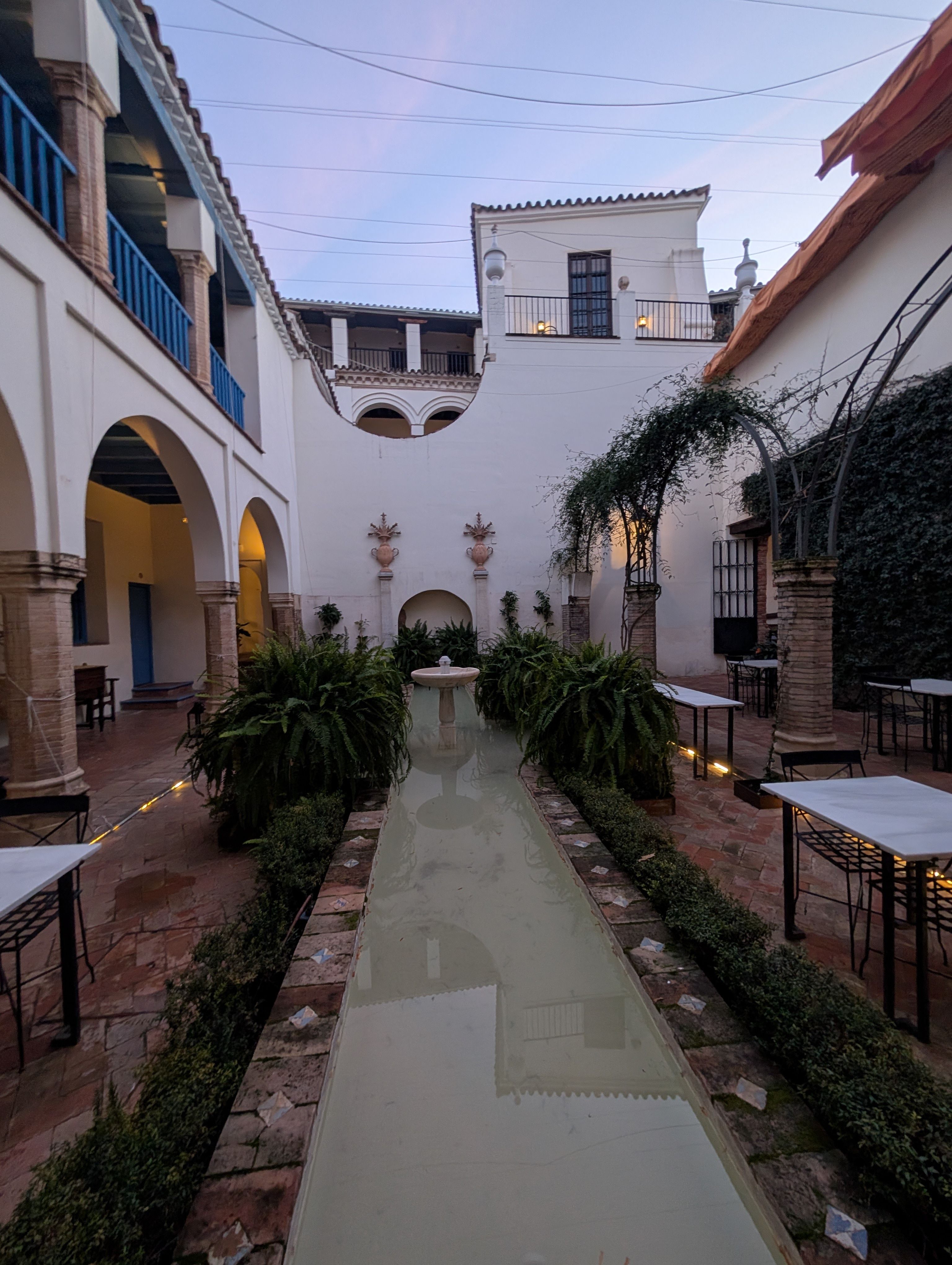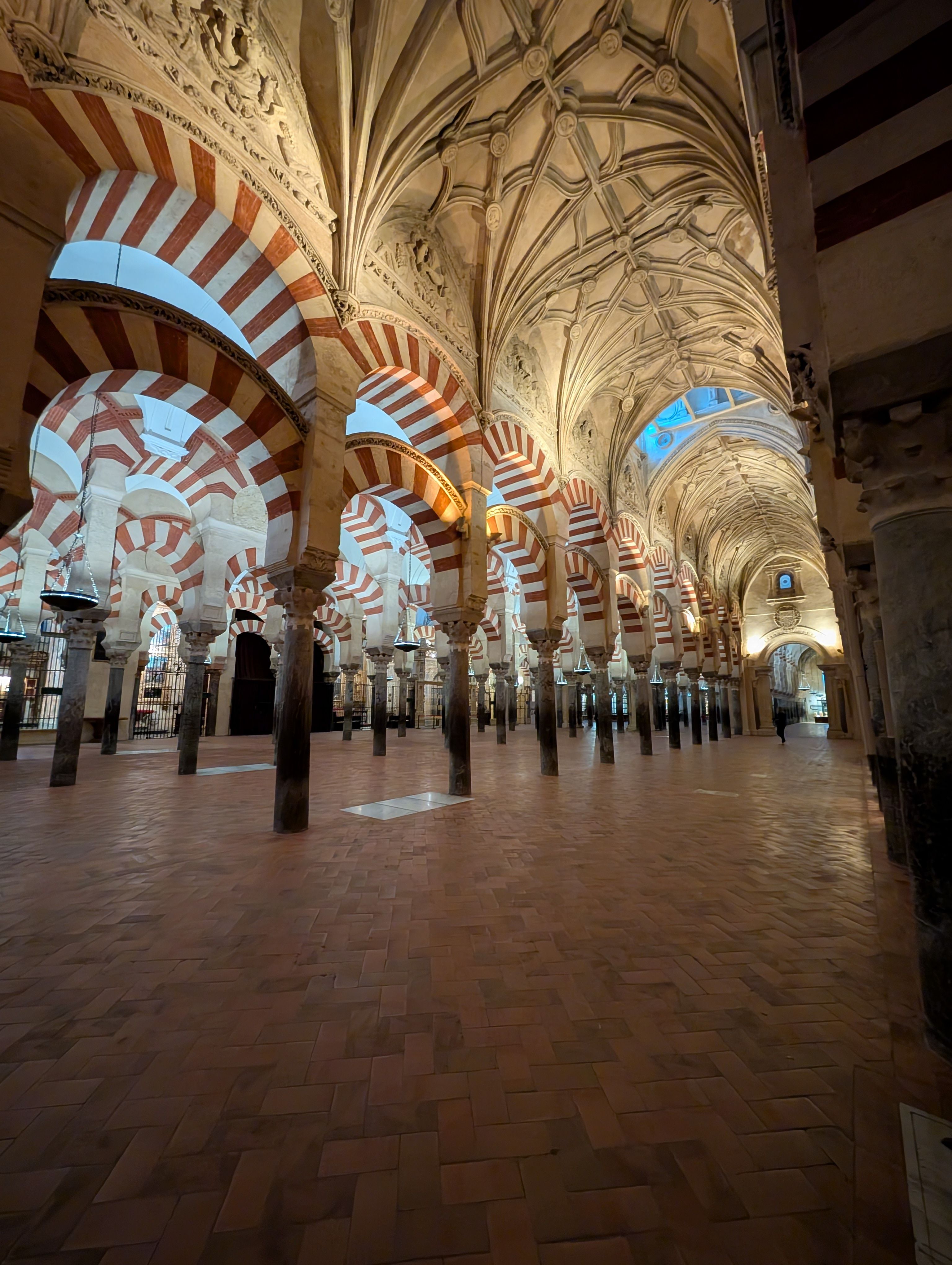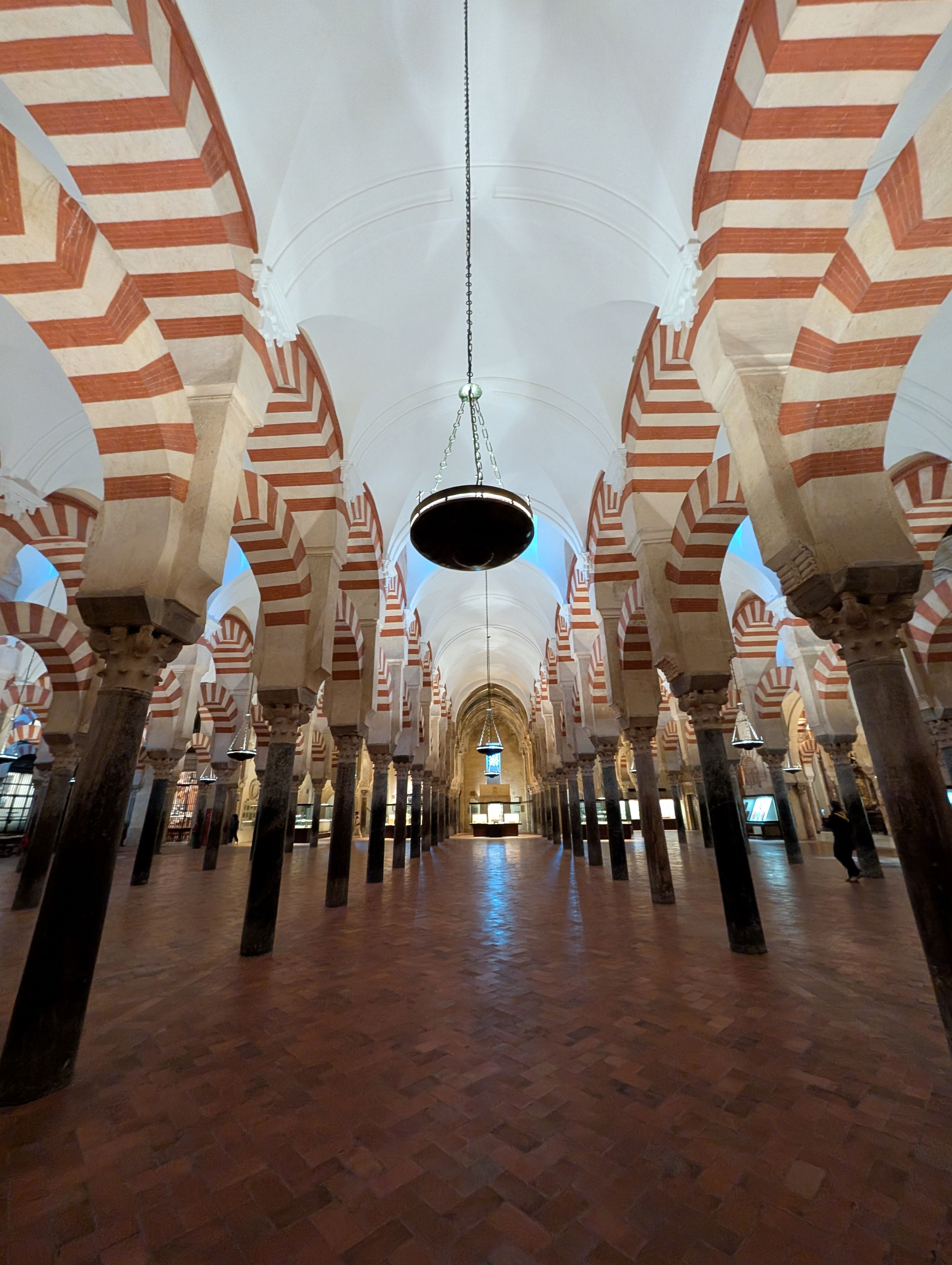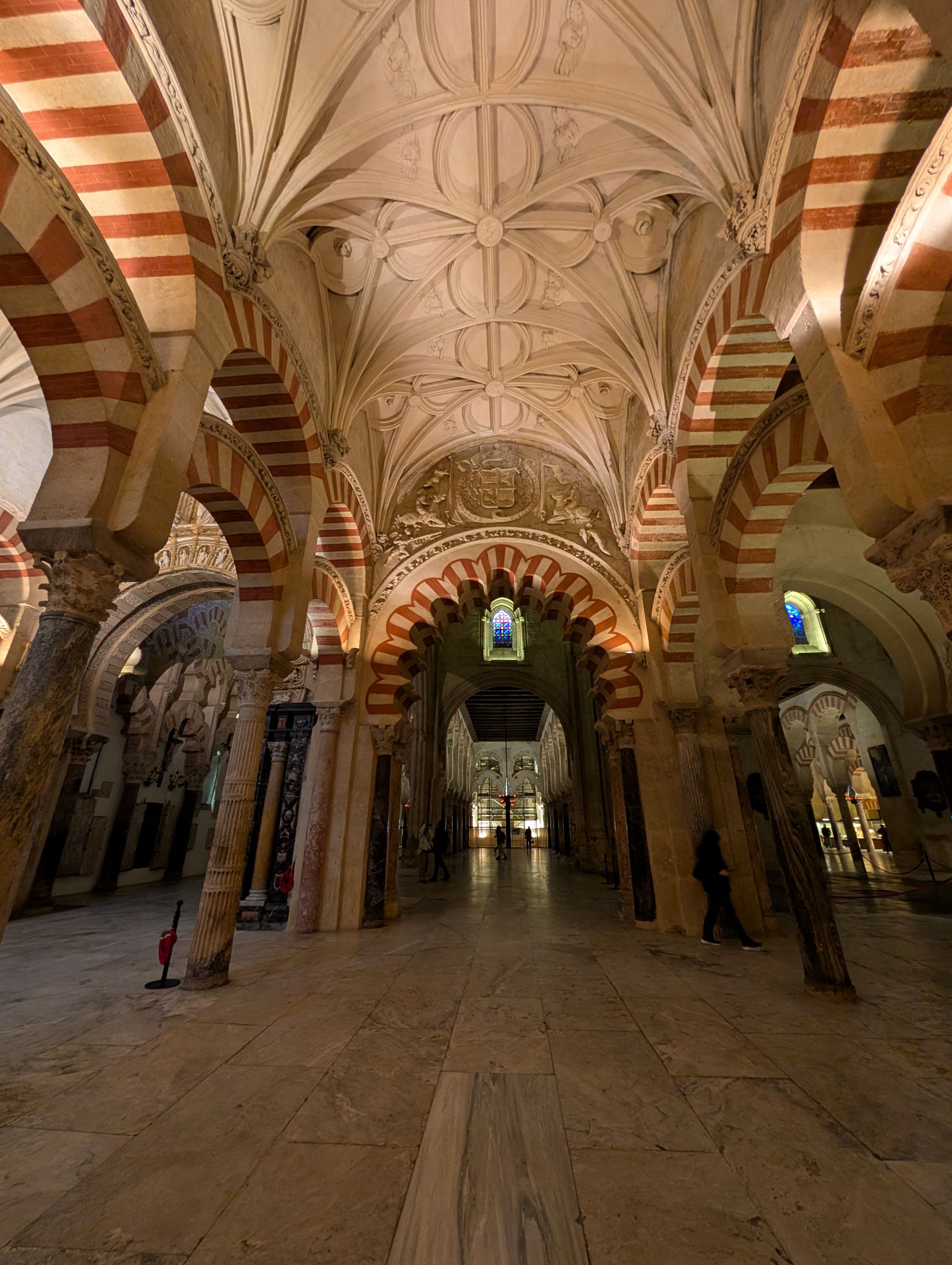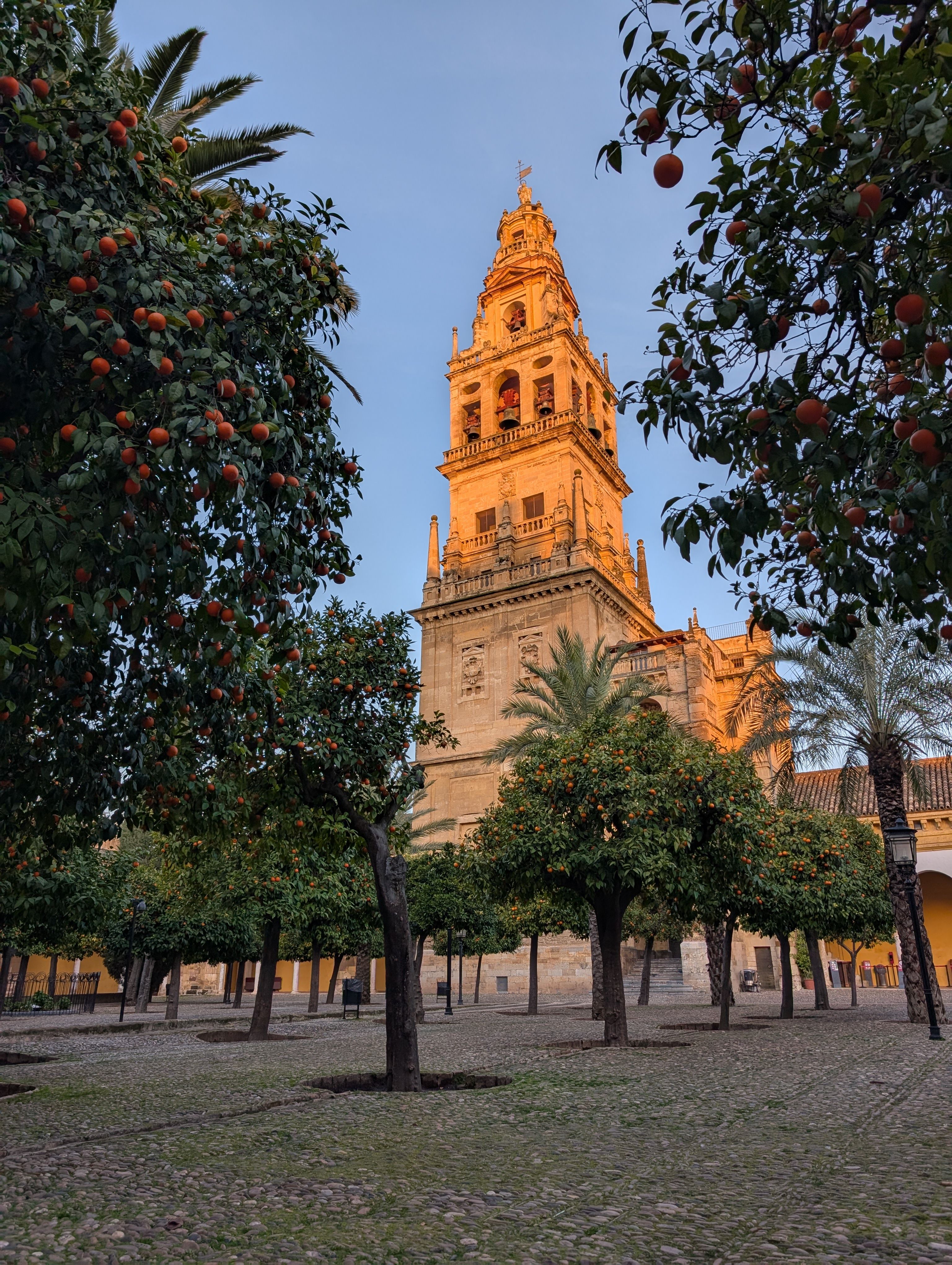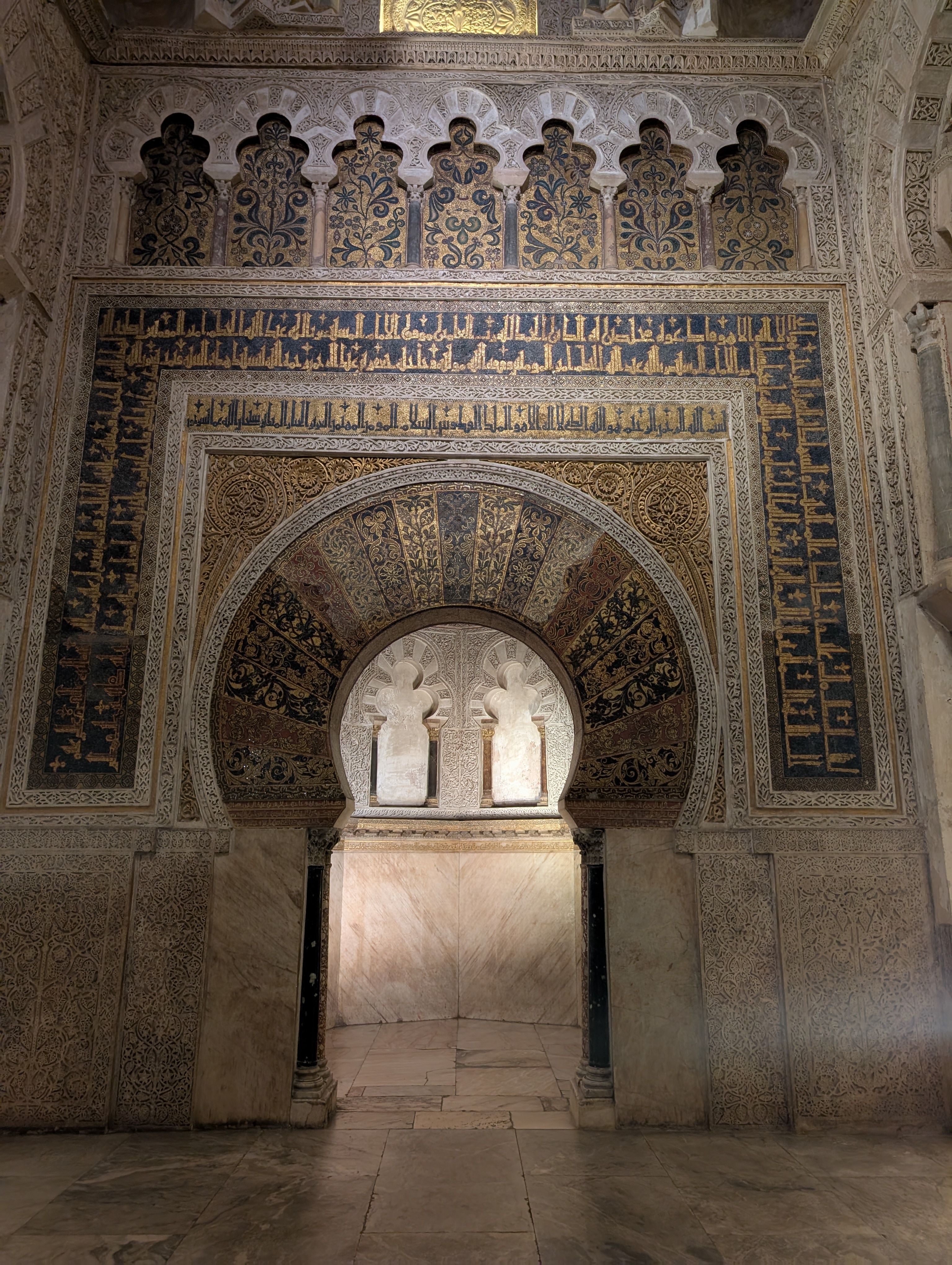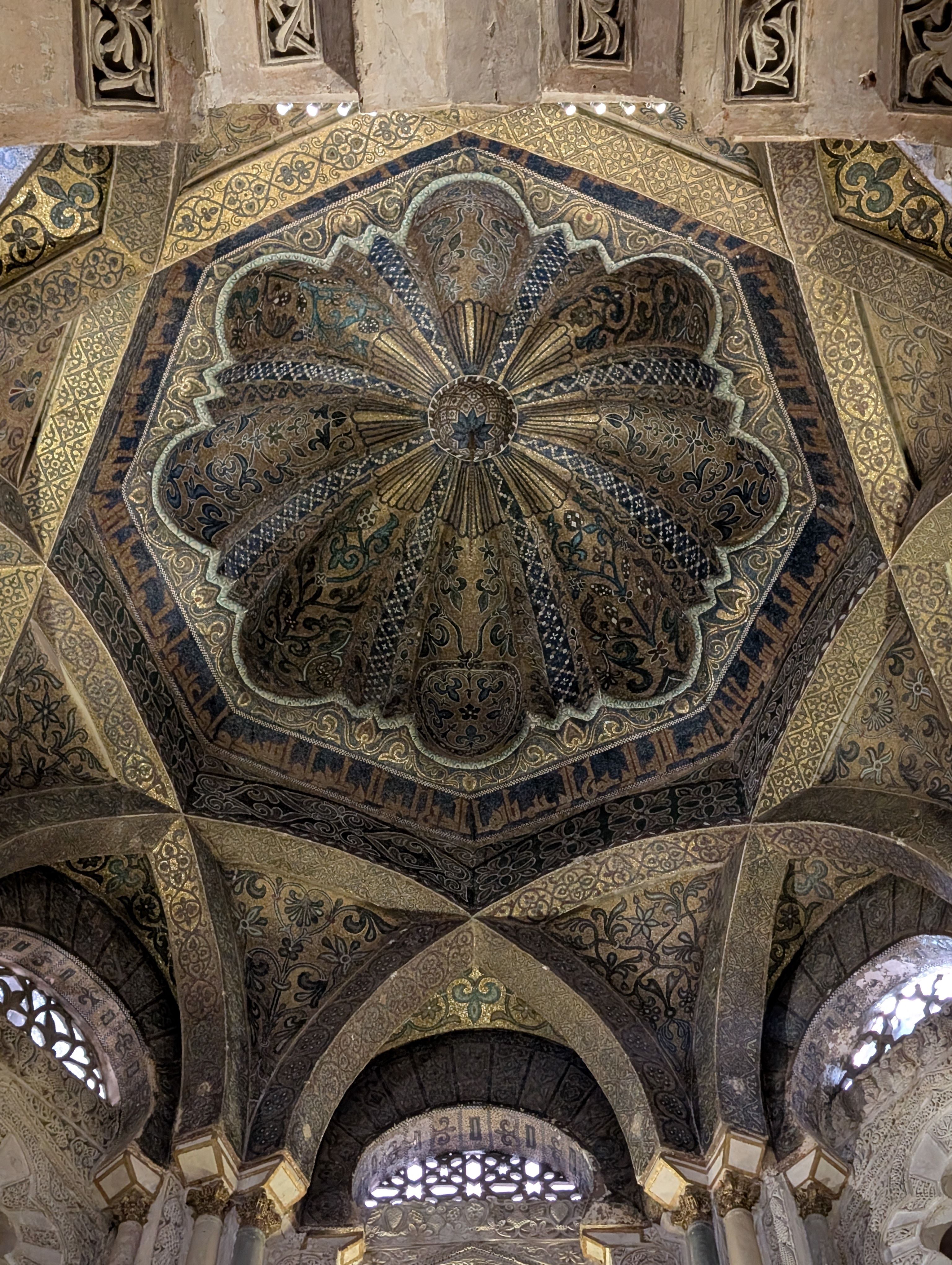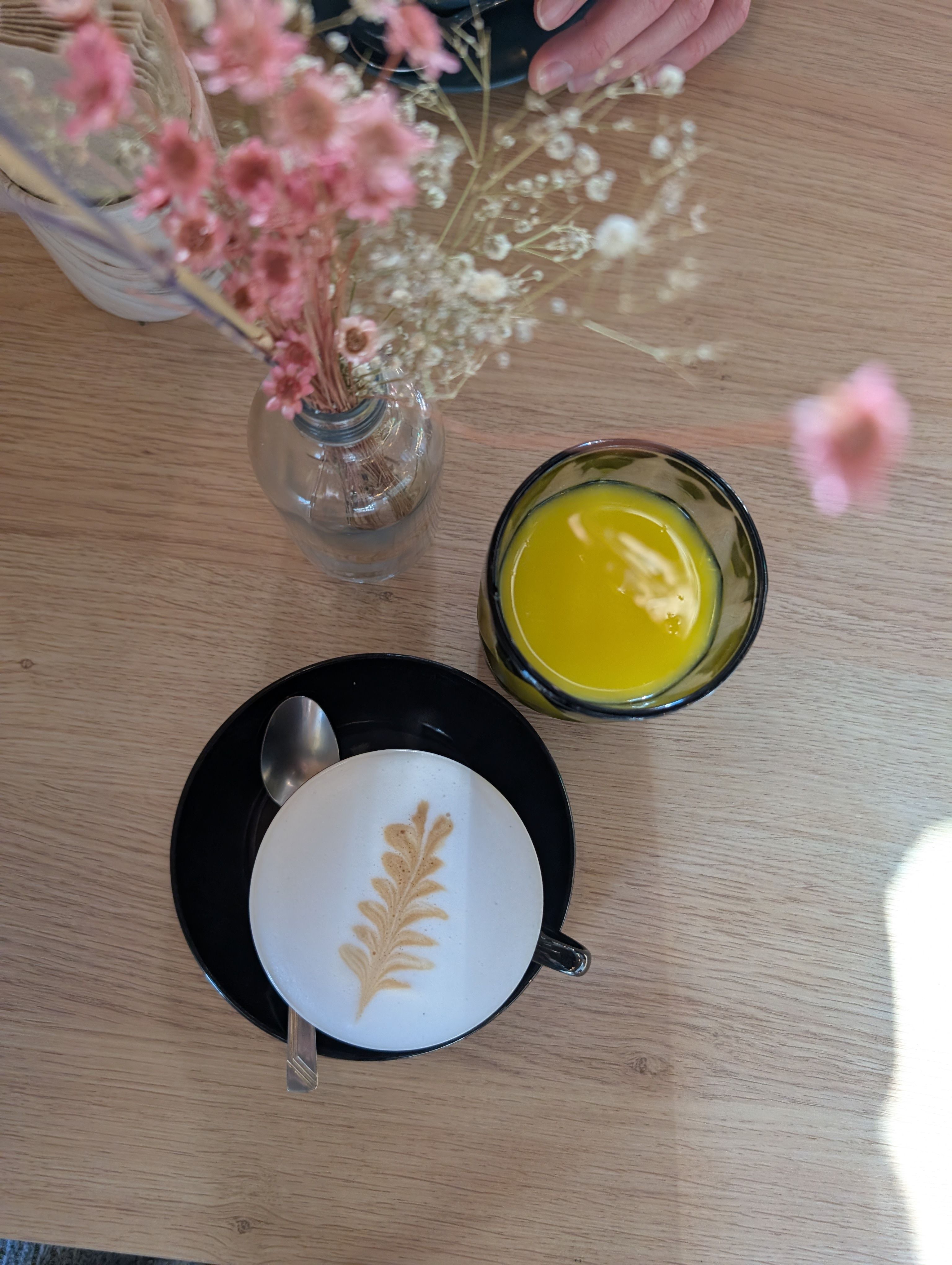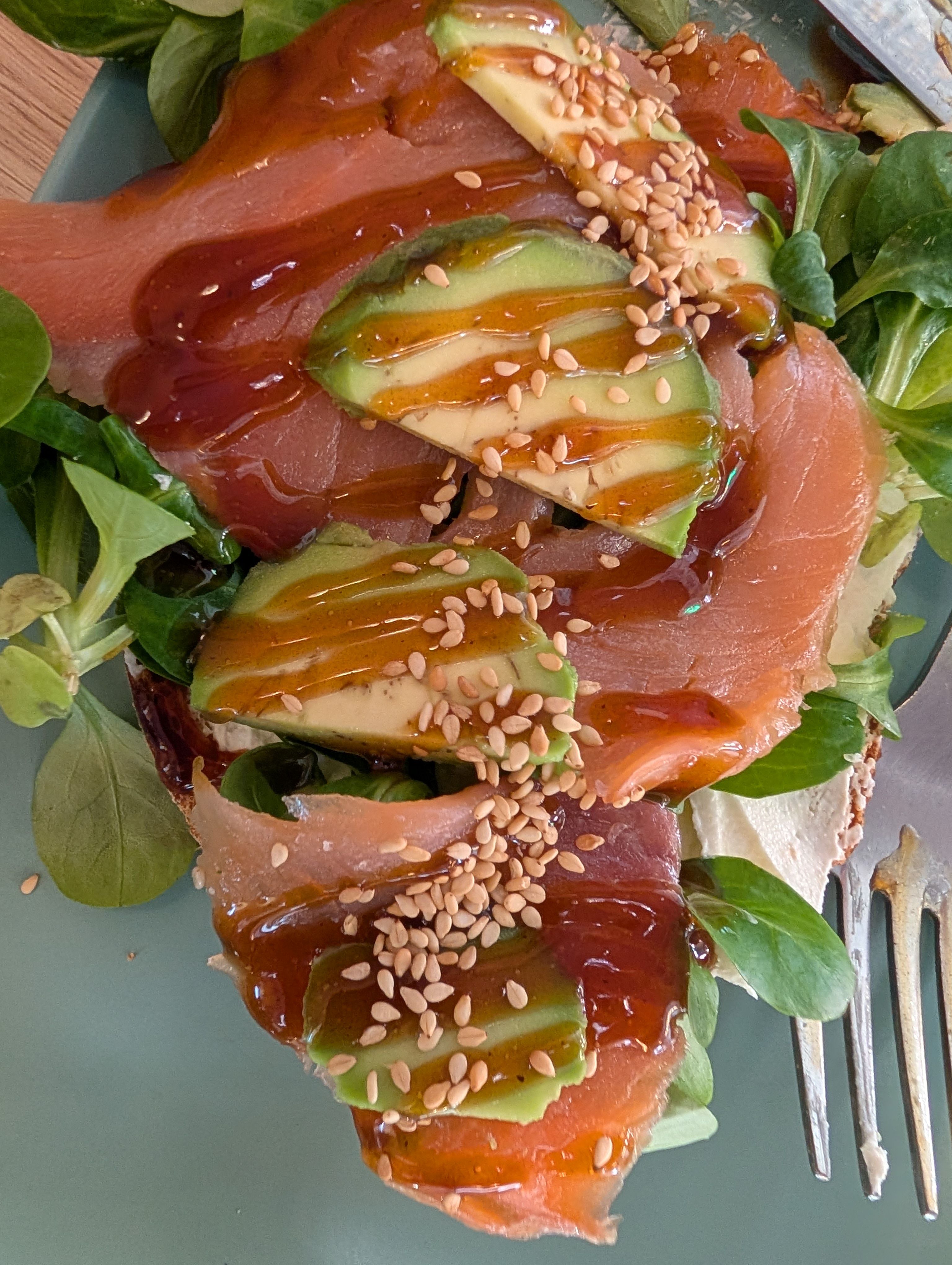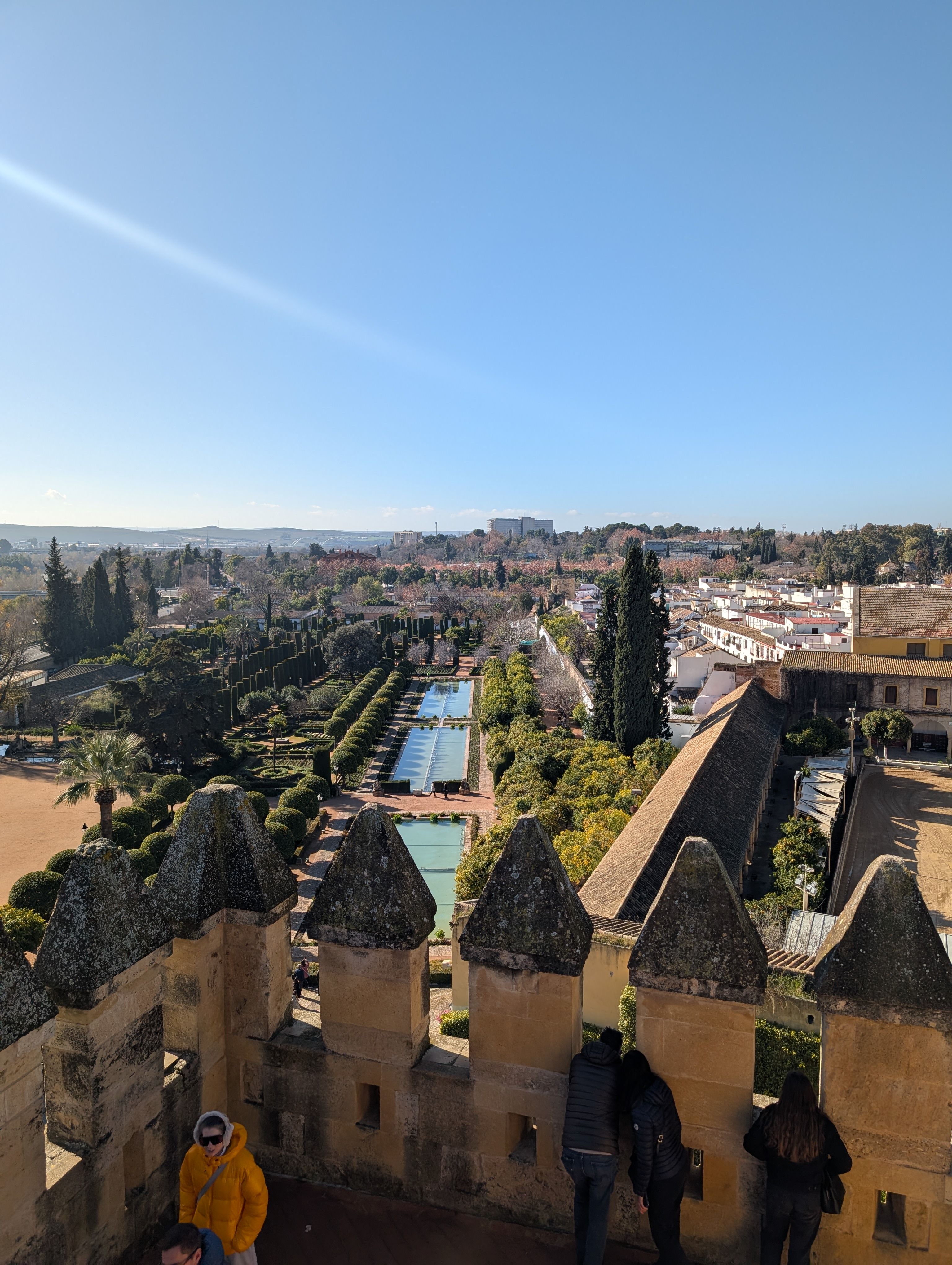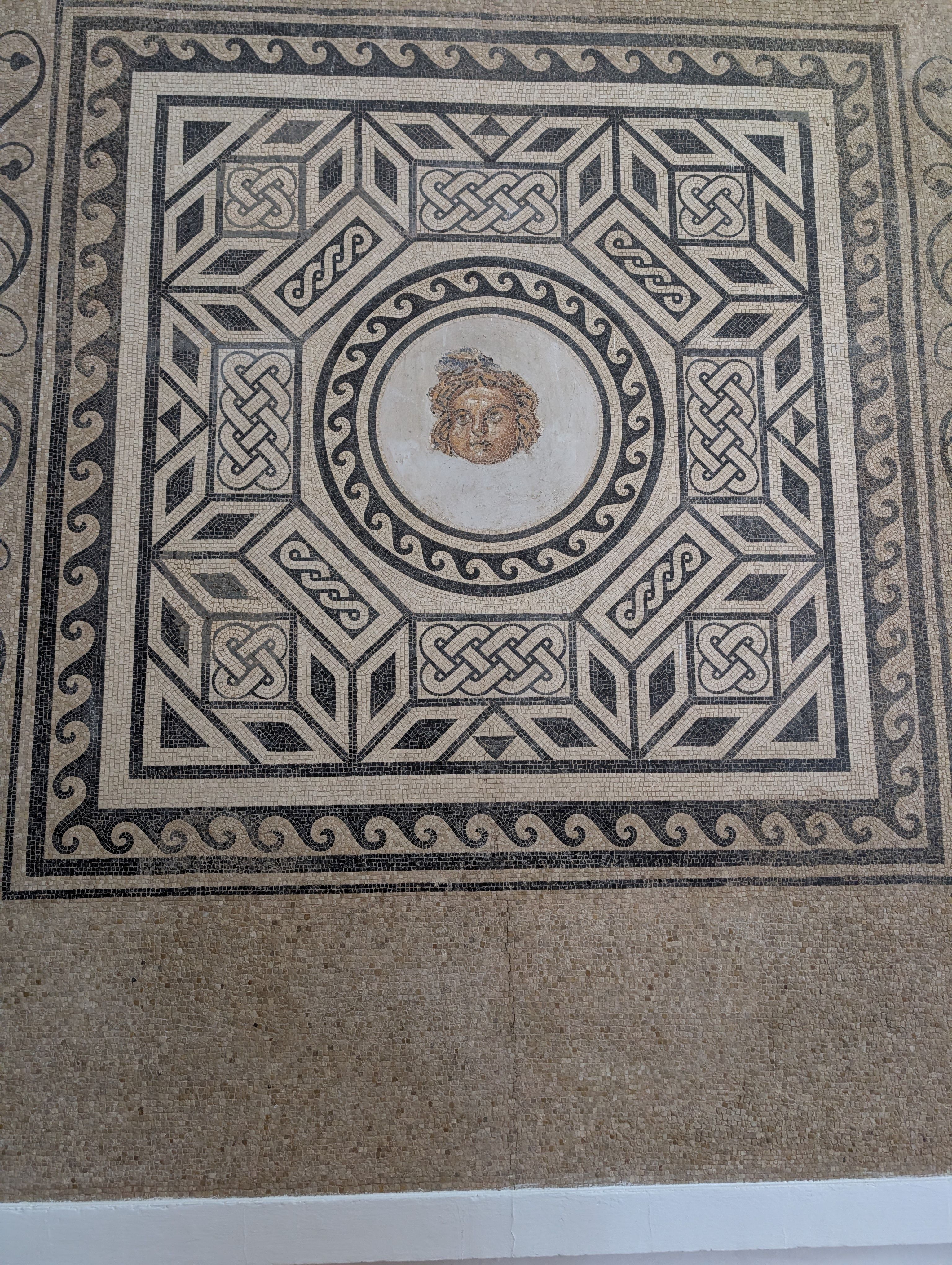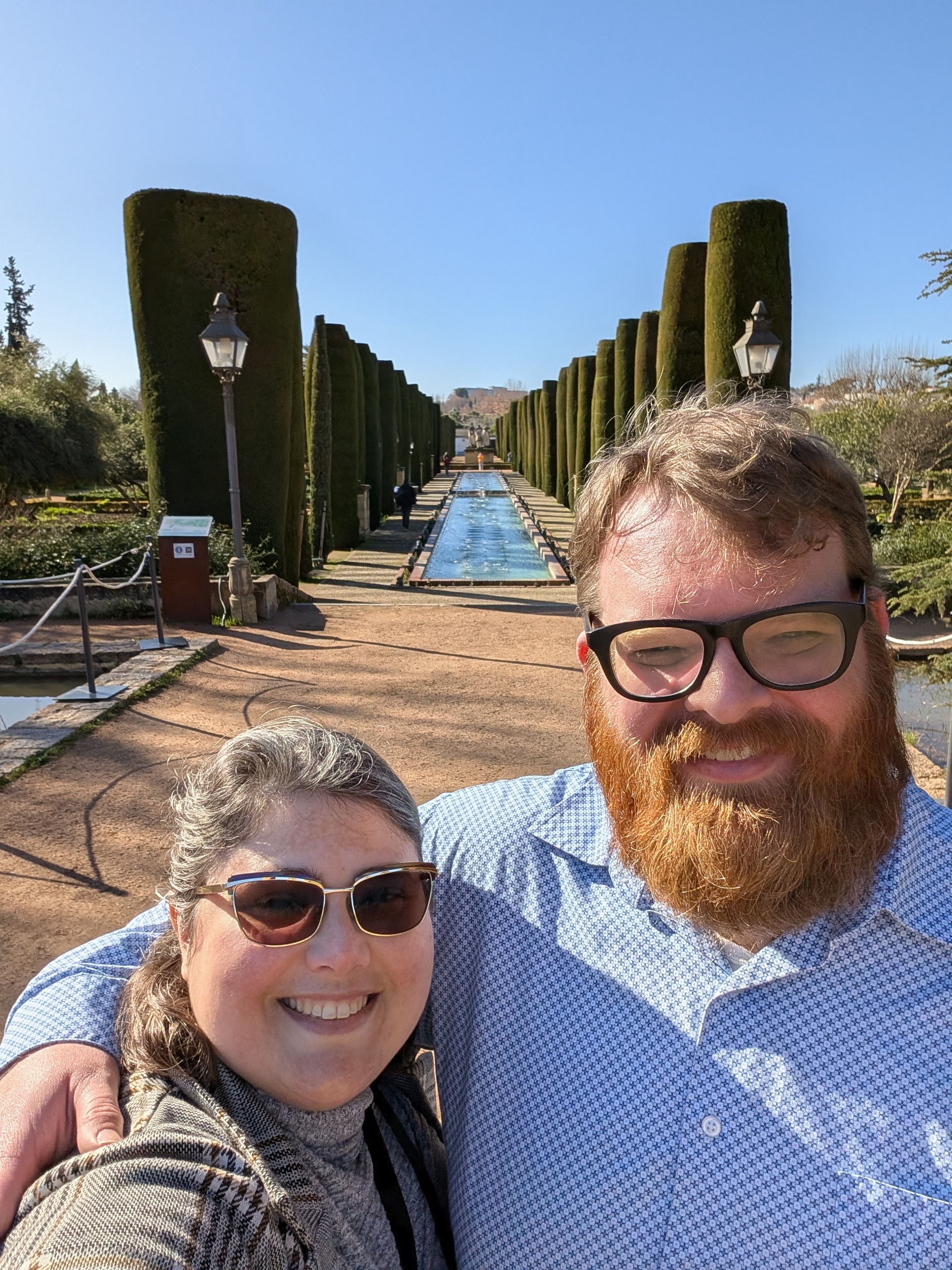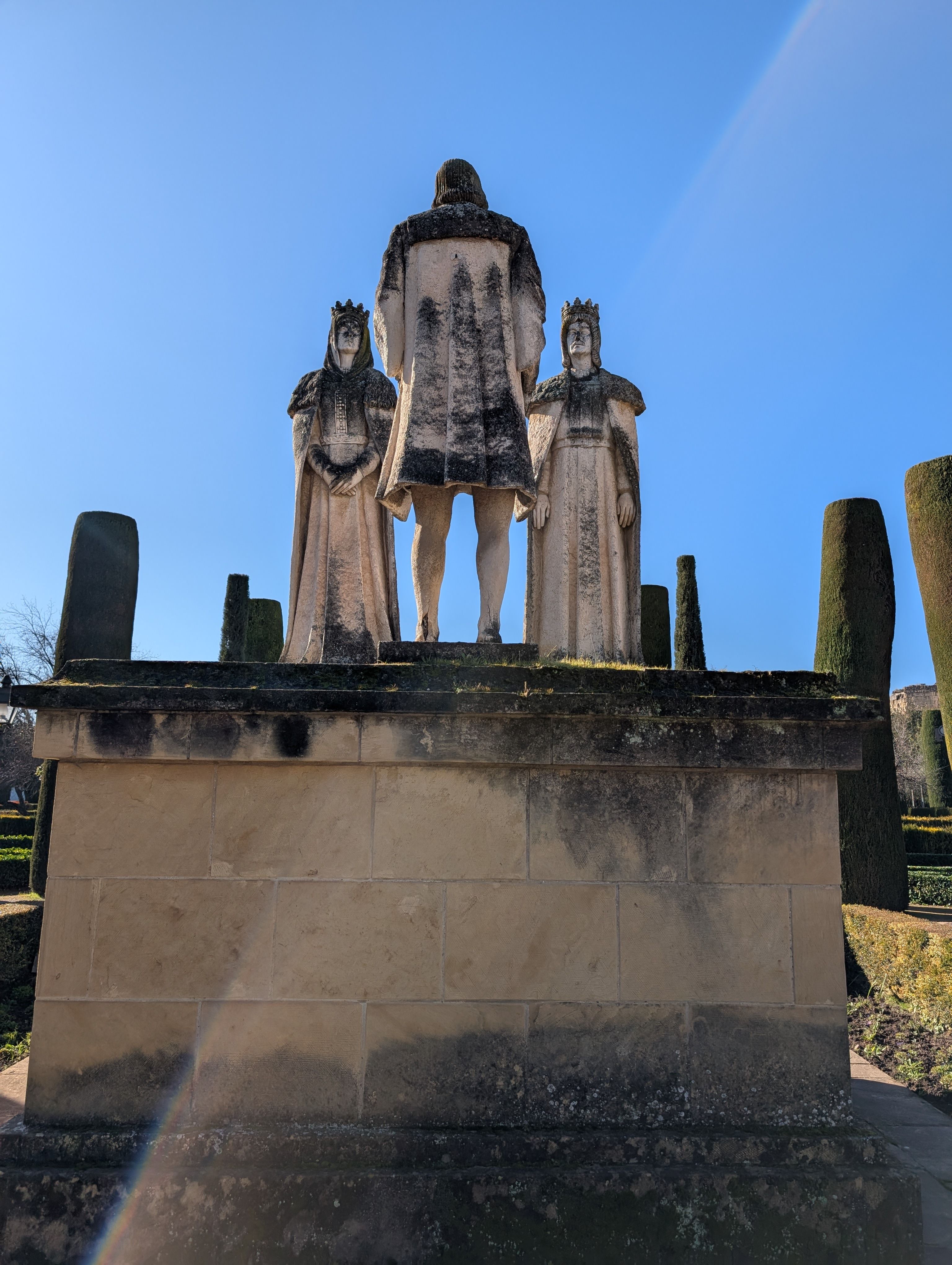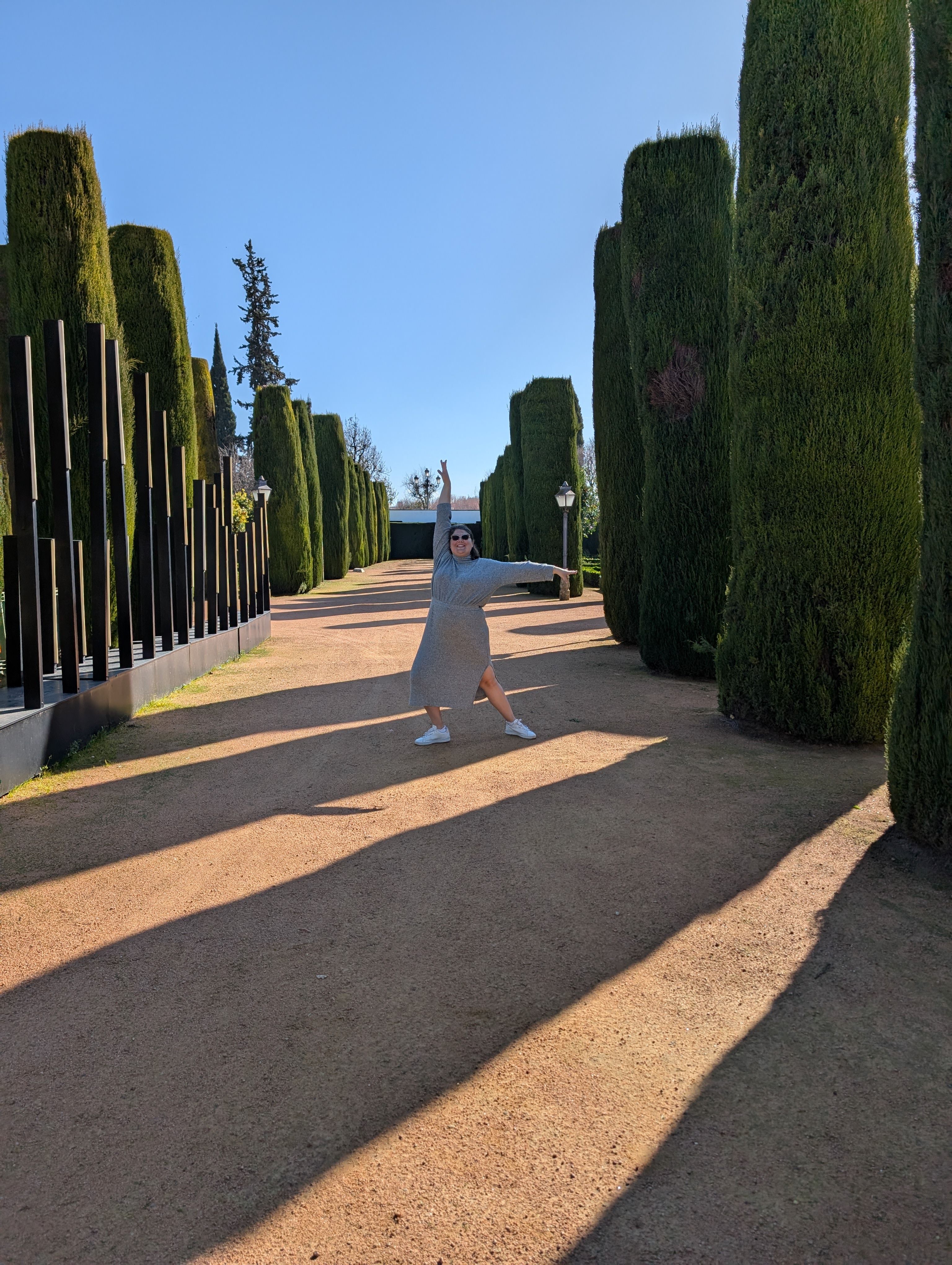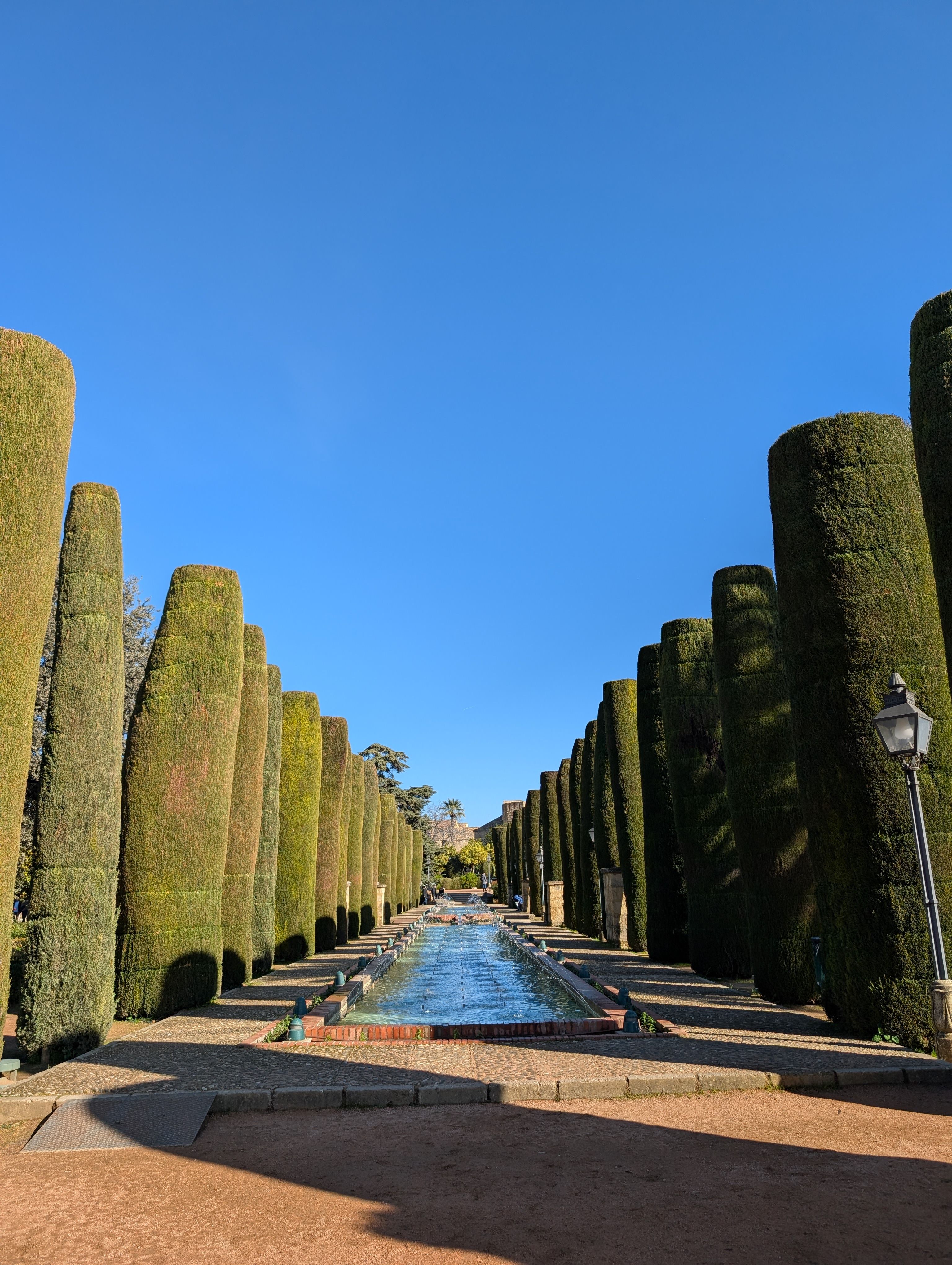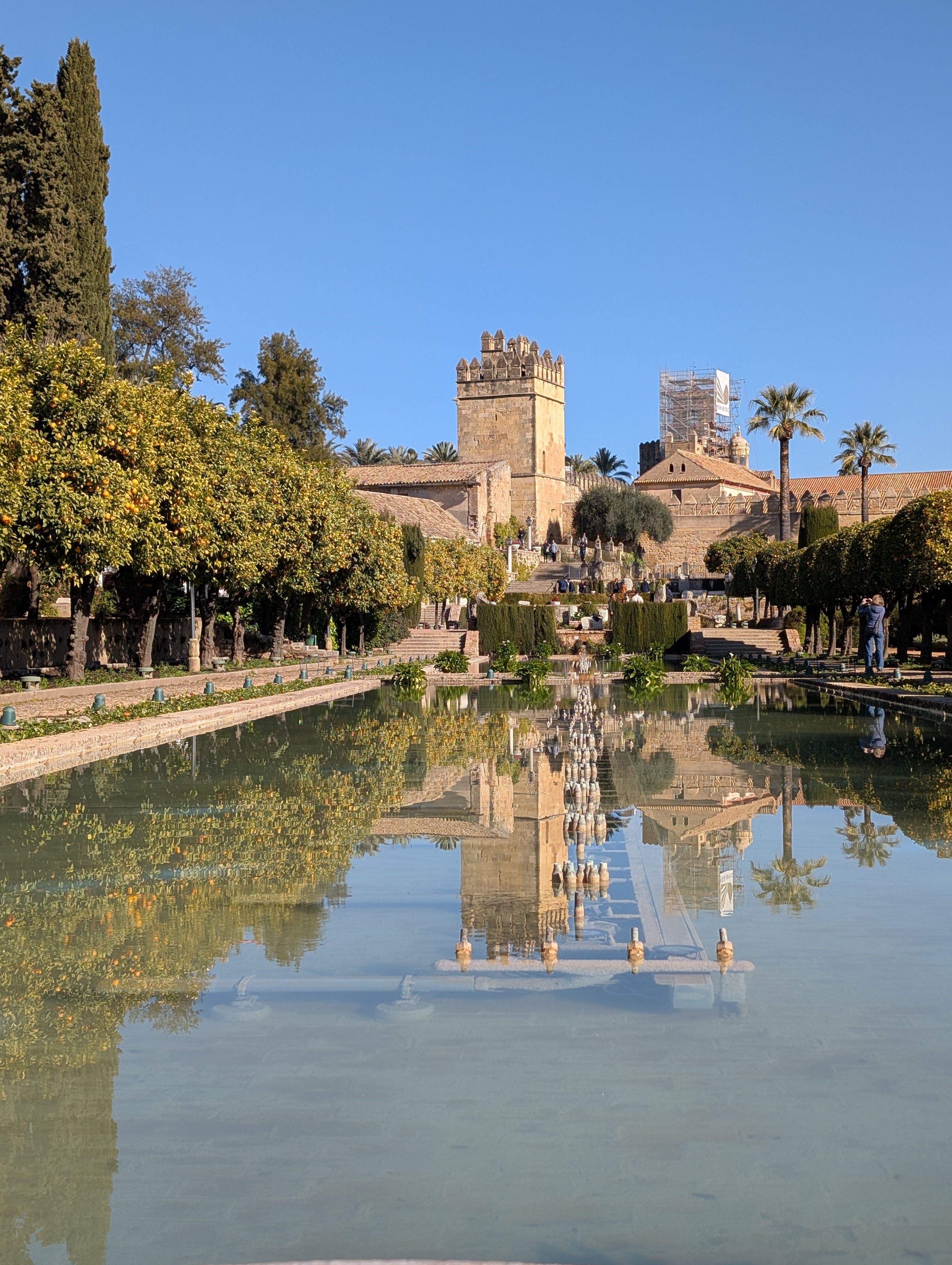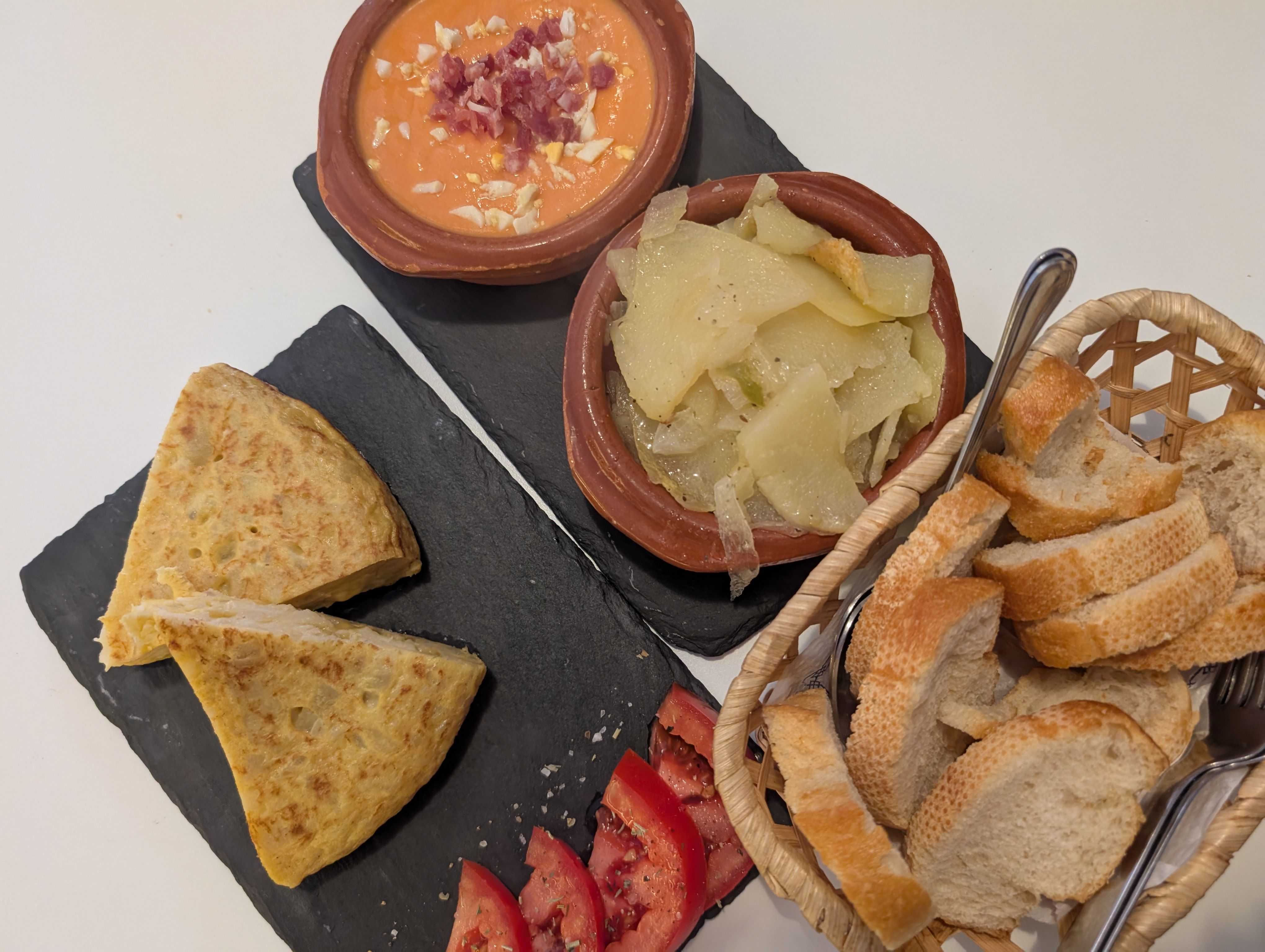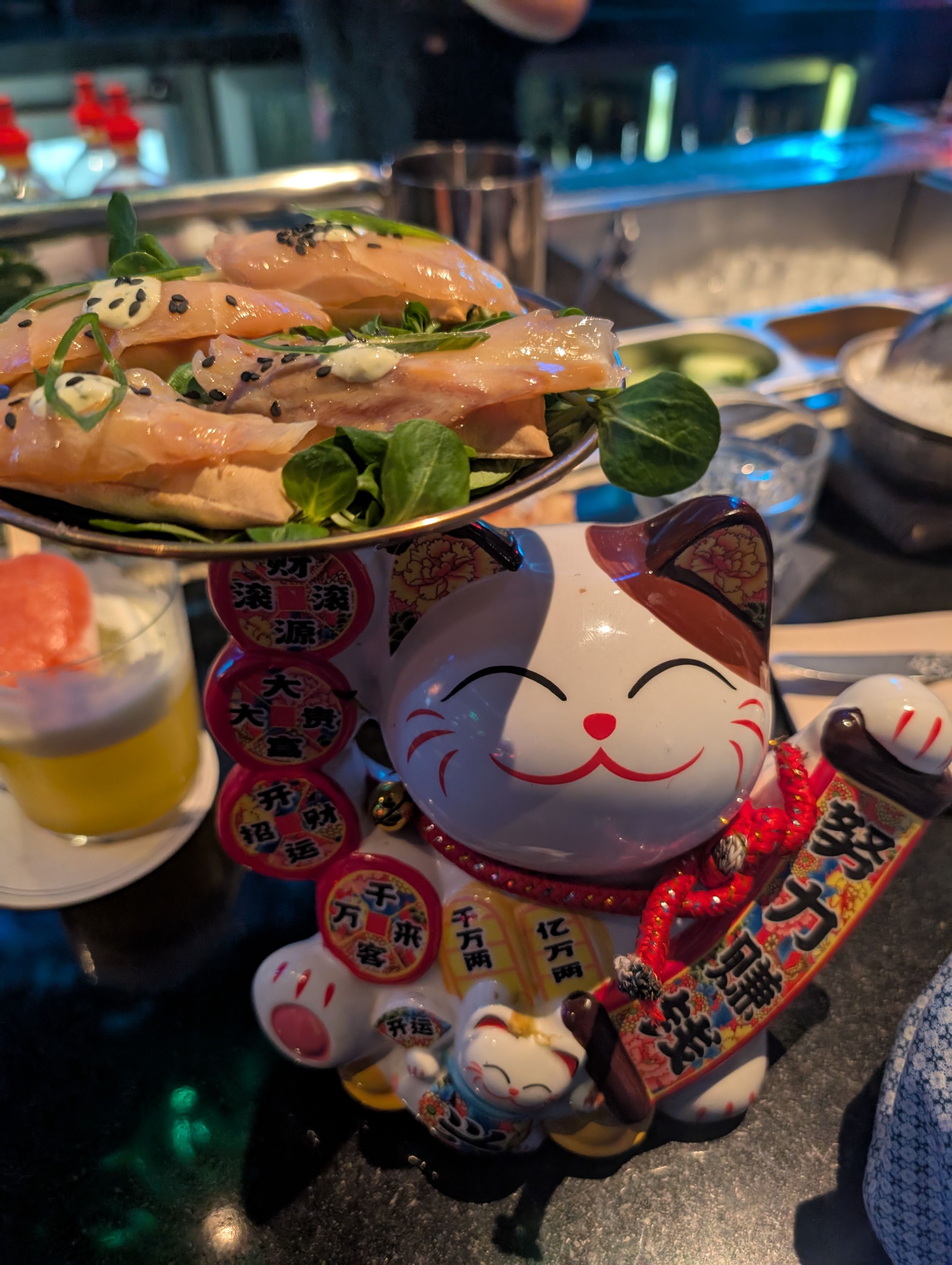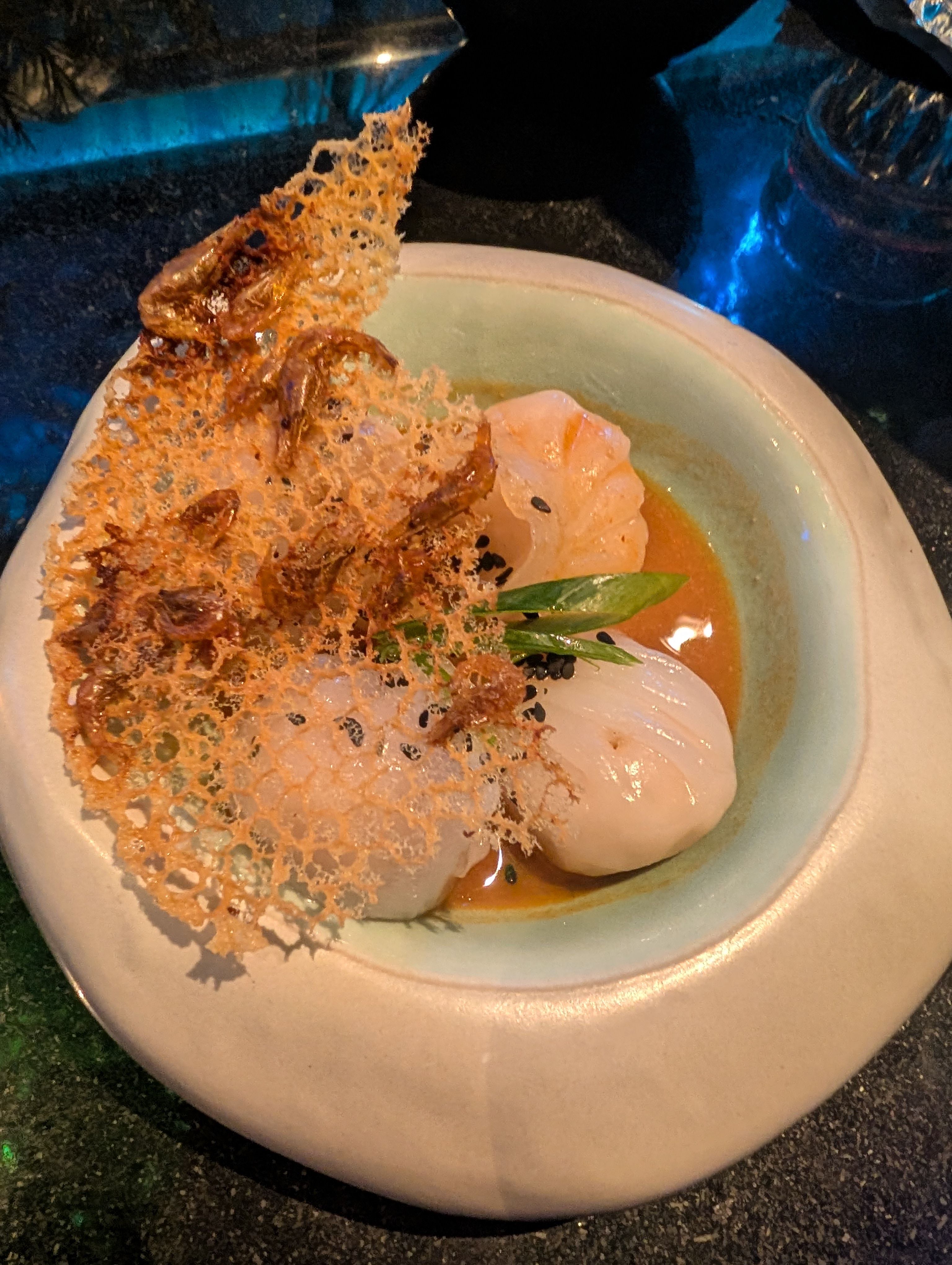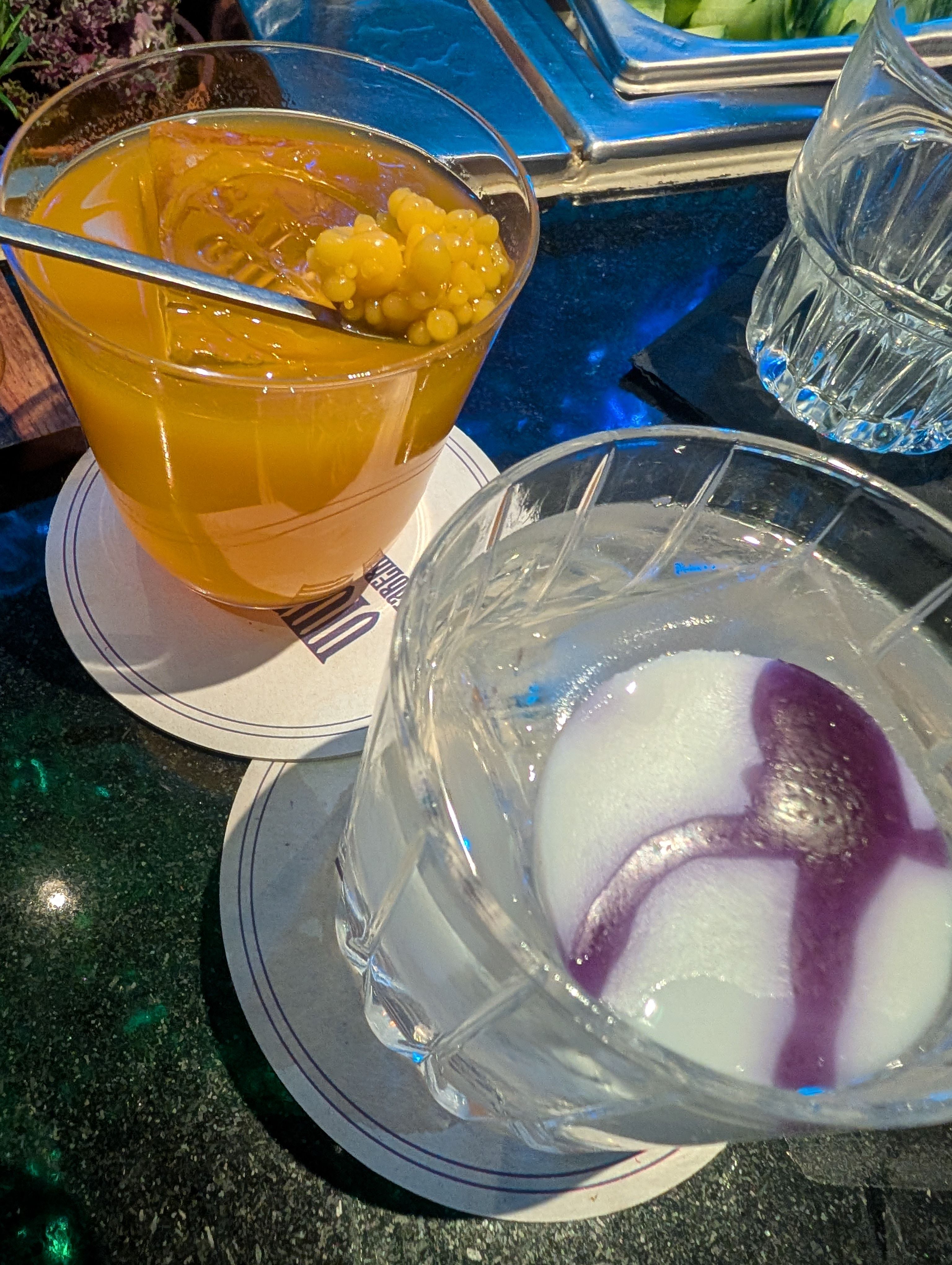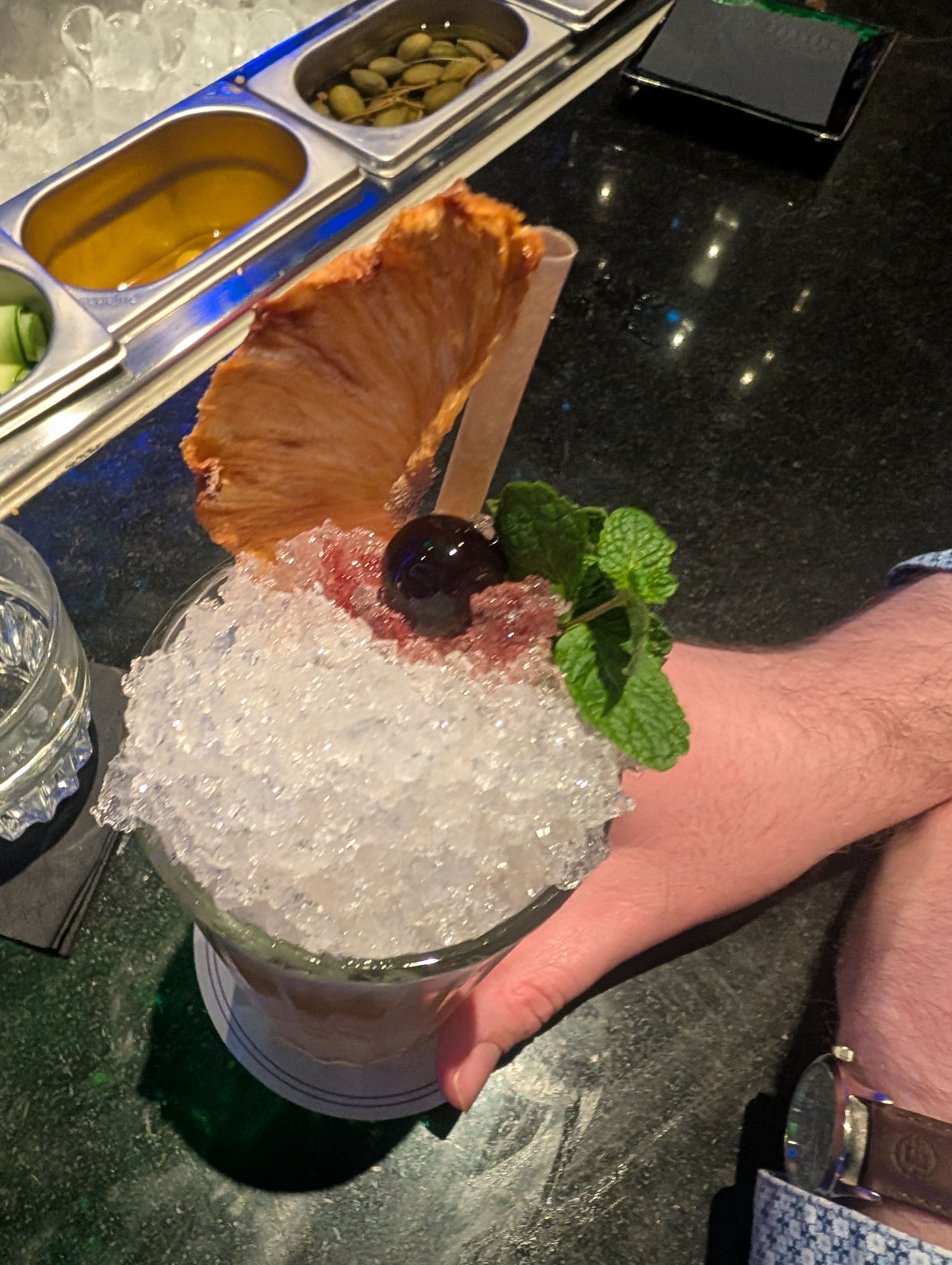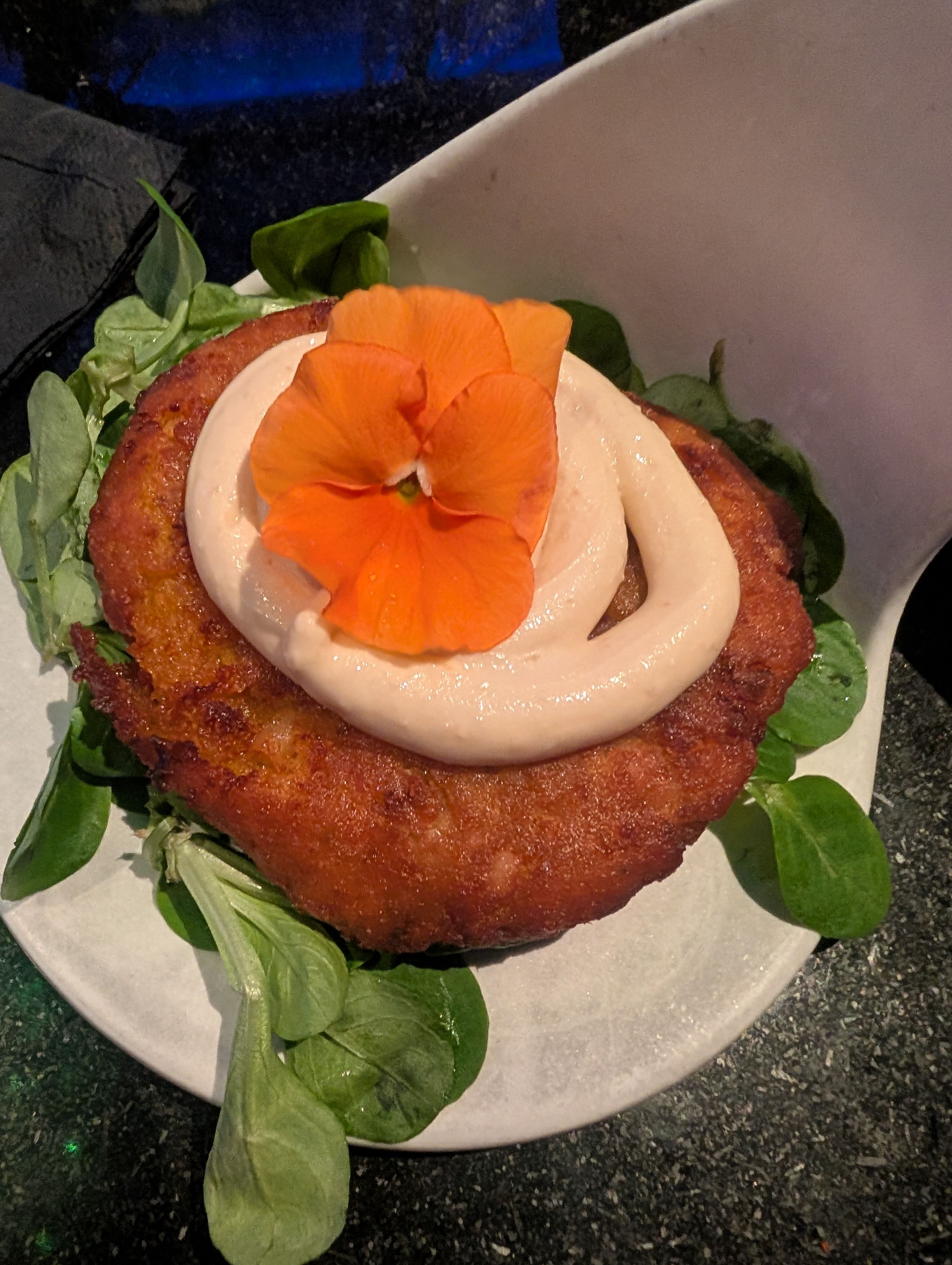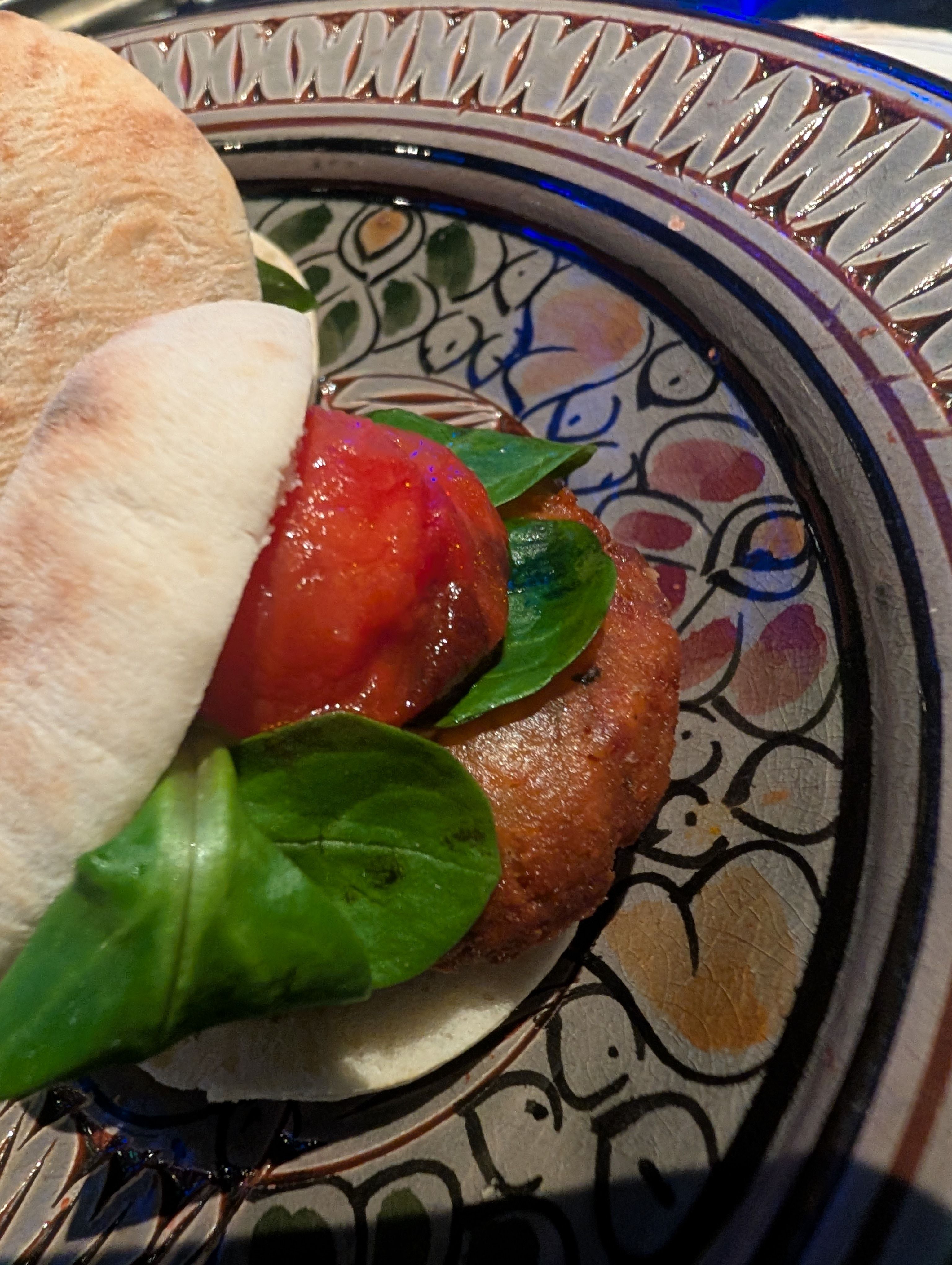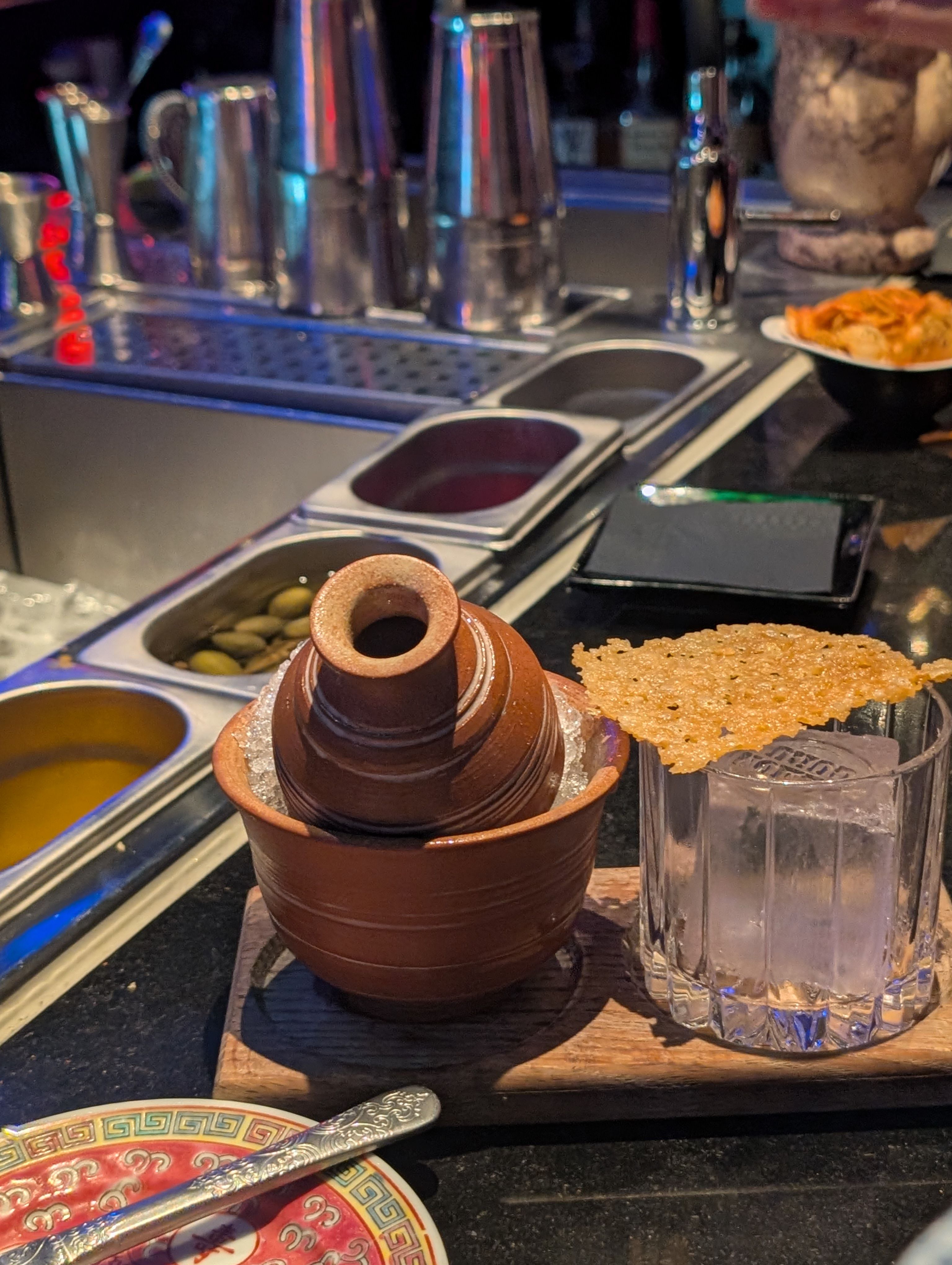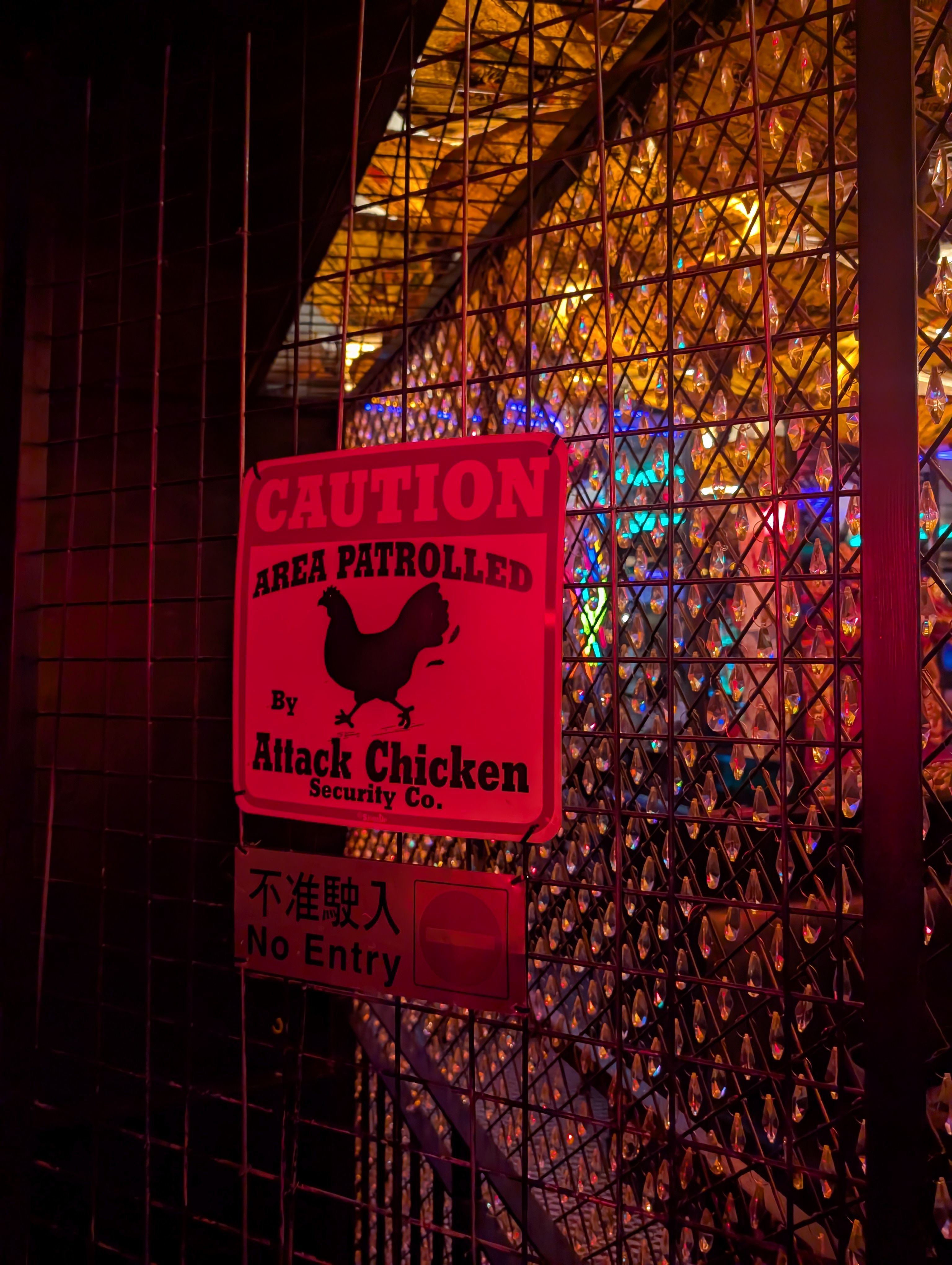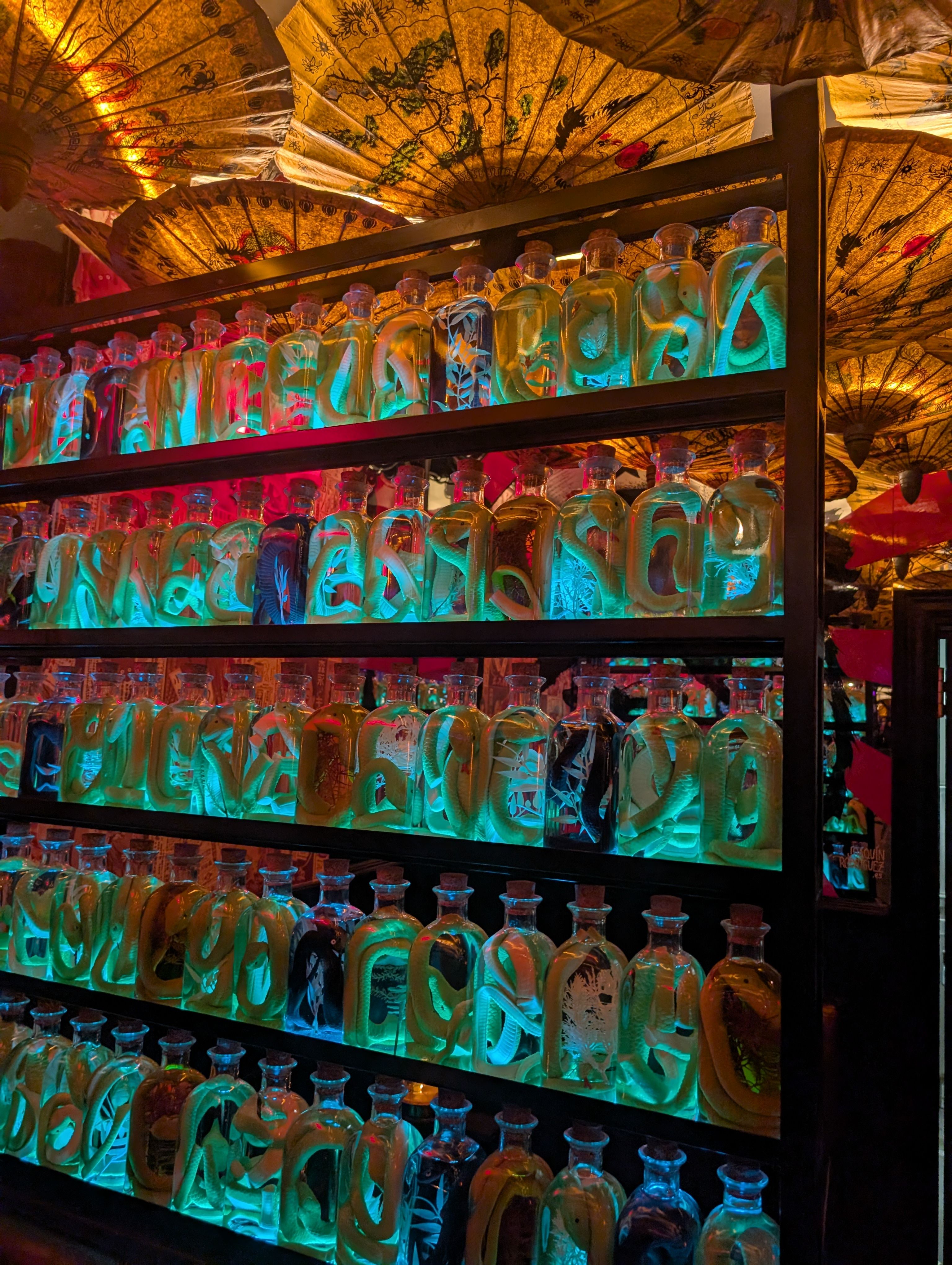Adventures in Spain: Day 11
Hotel Talk: Las Casas de la Judería de Córdoba So I don’t generally yack about hotels. They are the place I lay my head down while getting to know a place and the people. But this hotel deserves a shout out because staying here was staying in history. Below are some pictures of the archaeology site in the house and pictures of the hotel along with some historical information directly from there research!
"For most of its history it was been a stately home, having belonged to noble families including the Fernández de Córdoba, Sigler de Espinosa, Aguilar, Góngora and Argote. Its repurposing as hotel was completed by its owners Don Pedro Fernández-Salvador Fernández de Heredia and his wife, the Cordovan writer, Doña María Martínez-Sagrera Martín, rigorously preserve these noble houses and their centuries-old history"[ 0 ]
"The documented archaeological remains found in the house during recent works, some of which can be visited, date back to the High Roman Empire, when in the 1st century A.D. the city grew towards the Guadalquivir River. These ruins tell us that the house once had a high-ranking owner, probably General Metilio, Governor of the Roman Andalusia, who would have made it not only his Roman home but also a seat of government. Entering the Muslim era, the hotel’s strategic location, surrounded by the most important buildings in the capital of Omeya, marked it out as a distinguished building, being just a short distance from the Mosque, the most important monument of the city."[ 0 ]
Mosque-Cathedral Monumental Site of Córdoba Mosque-Cathedral of Córdoba, Islamic mosque in Córdoba, Spain, which was converted into a Christian cathedral in the 13th century. The original structure was built by the Umayyad ruler ʿAbd ar-Raḥmān I in 784–786 with extensions in the 9th and 10th centuries that doubled its size, ultimately making it one of the largest sacred buildings in the Islamic world. The ground plan of the completed building forms a vast rectangle measuring 590 by 425 feet, or little less than St. Peter’s Basilica in Rome. About one-third of this area is occupied by the Patio de los Naranjos (“Court of the Oranges”) . [ 1 ]
Breakfast
Walk and old mill
Alcázar Andalusí de Córdoba: The Alcázar of the Caliphs or Caliphal Alcázar, also known as the Umayyad Alcázar and the Andalusian Alcazar of Cordoba, was a fortress-palace located in Córdoba, in present-day Spain.[ 2 ]
Sinagoga de Córdoba. After the expulsion of the Jews in 1492, the synagogue was seized by the authorities and converted into the Hospital Santo Quiteria for people suffering from rabies. In 1588, the building was acquired by the shoemakers’ guild, which used it as a community center and small Christian chapel, It was declared a National Monument in 1885
In 1935, the first Jewish prayer service in 443 years, openly and with full knowledge of the authorities, was held at the synagogue. It is the only synagogue in Córdoba that escaped destruction during years of persecution.[ 3 ] As we travel, may we note how politics shape where we stand. May we look to the past and see how forcing people from their homes, genocide, and apartheid have touched our world and work to a better future. A future where empathy, and mercy are qualities that are praised and enduring.
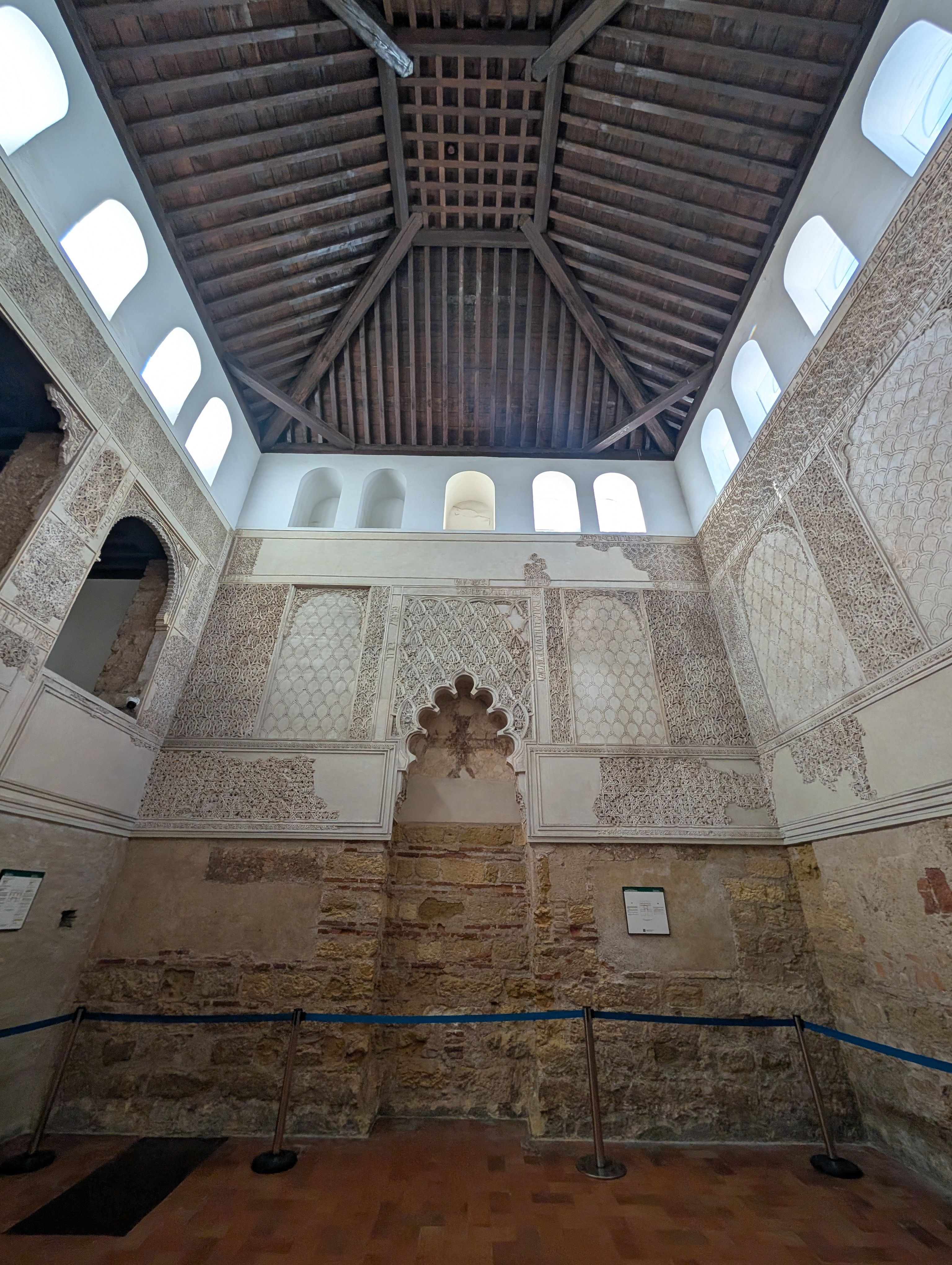
Before we hopped on the train to Madrid we got to have some traditional fair at this amazing little shop!
Hello Madrid! After checking into to our hotels and dropping off our bags our first priority was getting to try Salmon Guru! Salmon Guru For dinner and drinks ranked the No.23 of the The World's 50 Best Bars 2024
[ 0 ] https://www.lascasasdelajuderiadecordoba.com/en/history.html
[ 1 ] https://www.mezquitadecordobatickets.com/cathedral-mosque-cordoba-history/
[ 2 ] https://www.turismodecordoba.org/castle-of-the-christian-monarchs
[ 3 ] https://www.worldjewishtravel.org/listing/cordoba-synagogue/
Thoughts? Reach out at: mythoughtsofindigo@gmail.com





